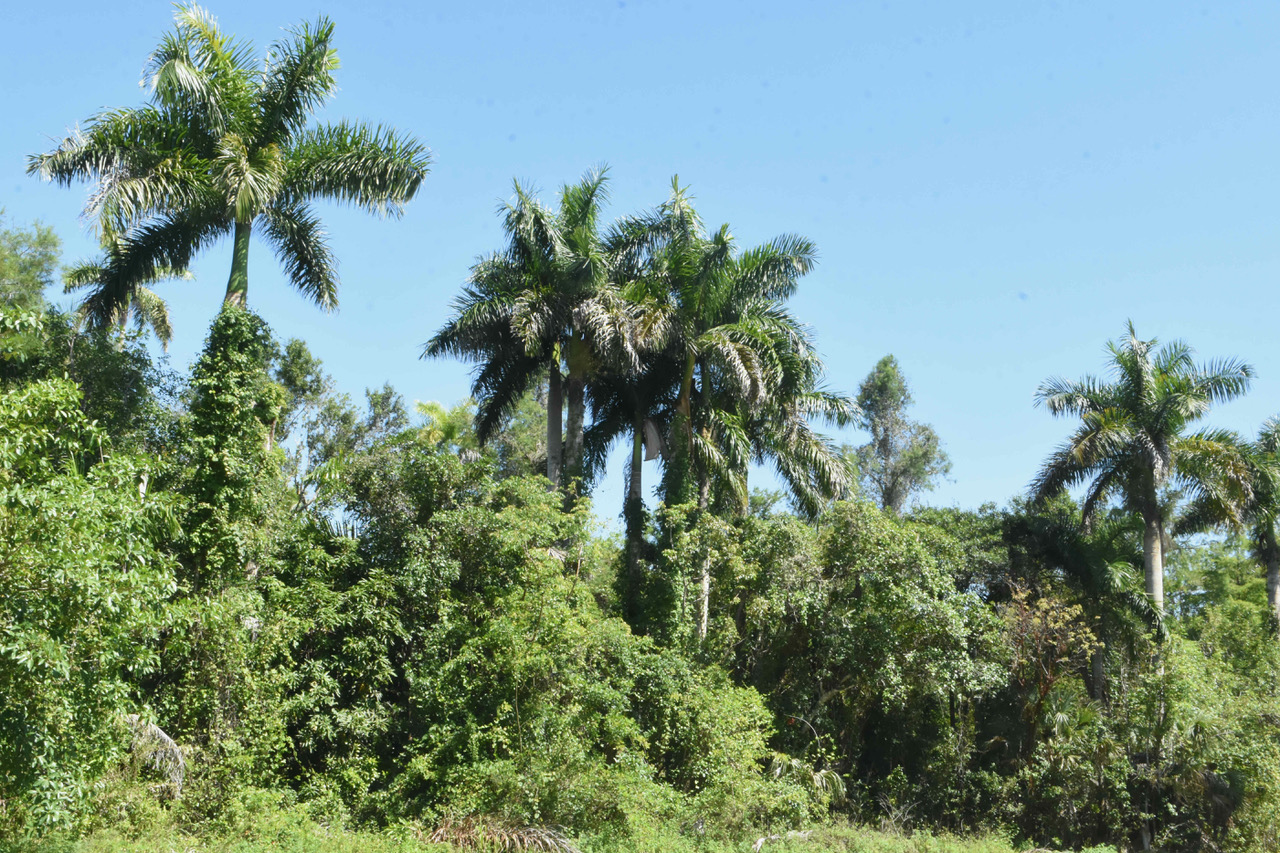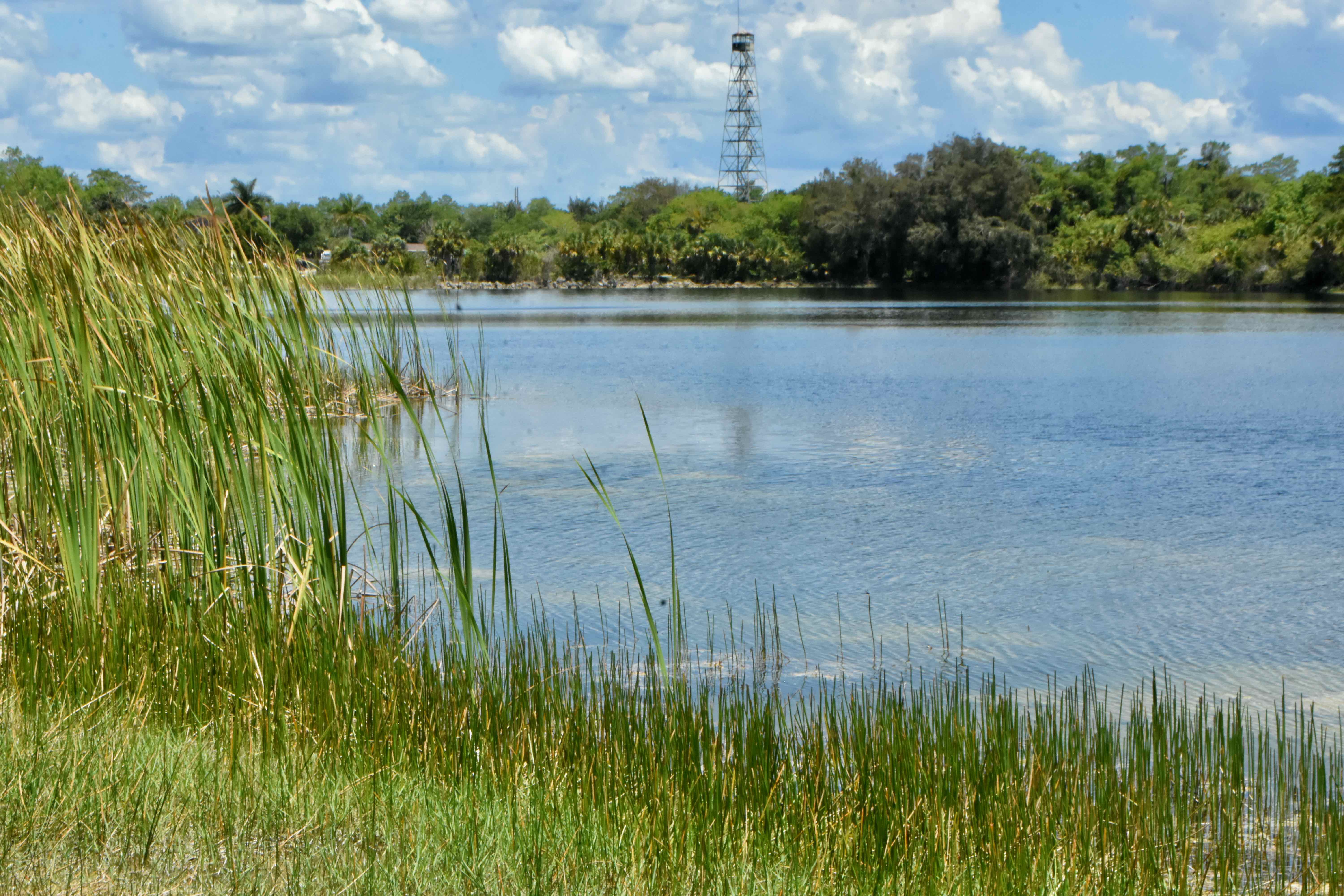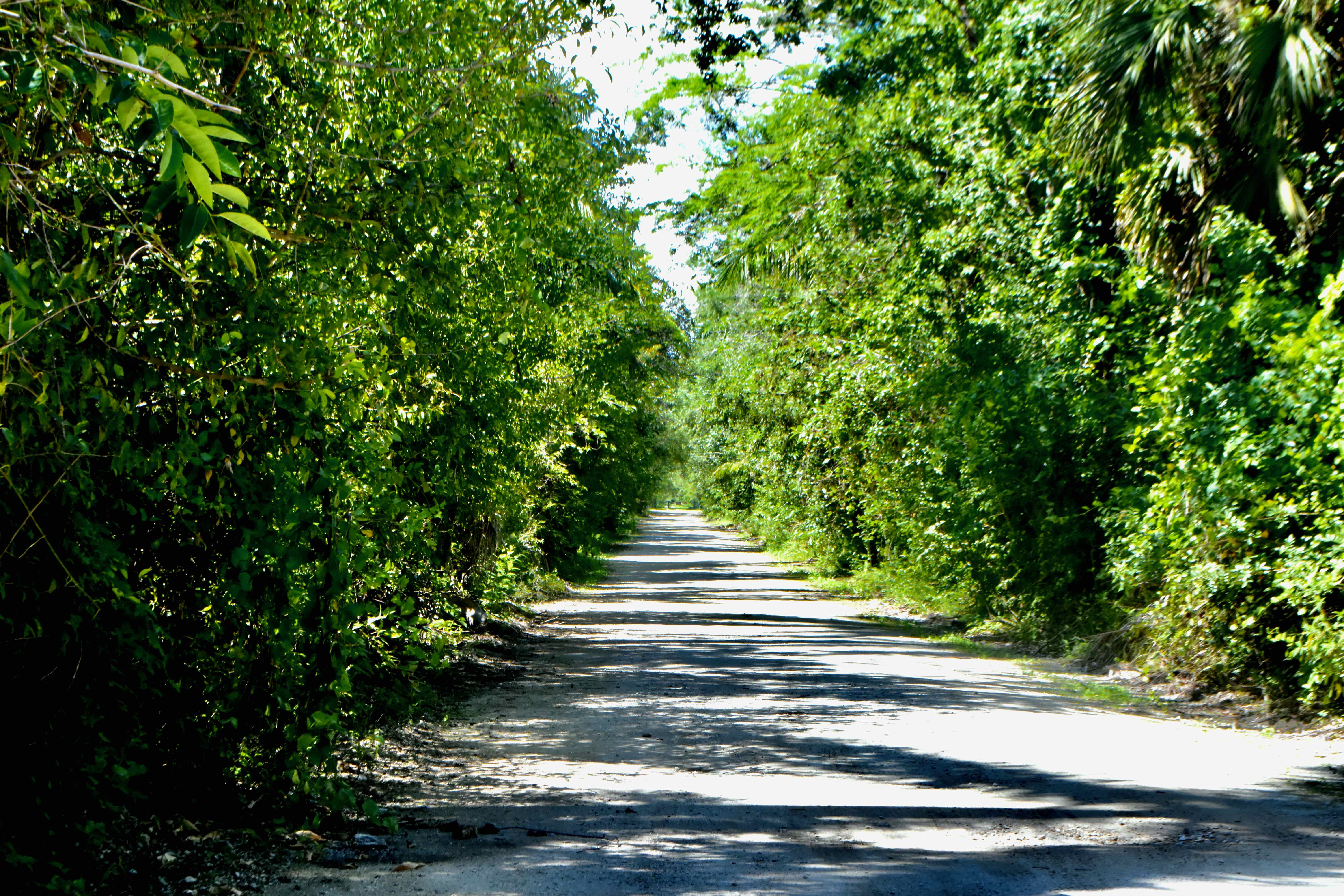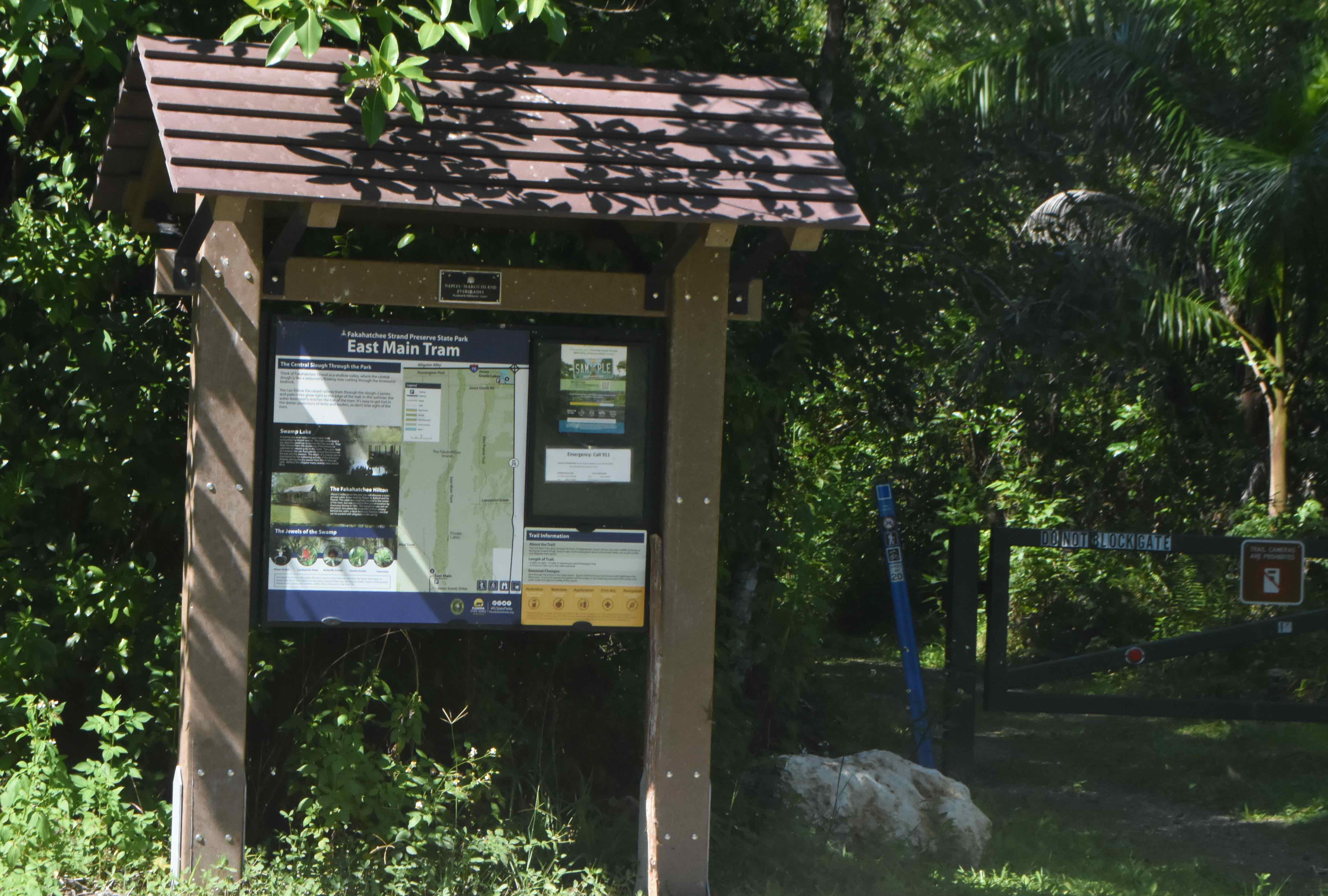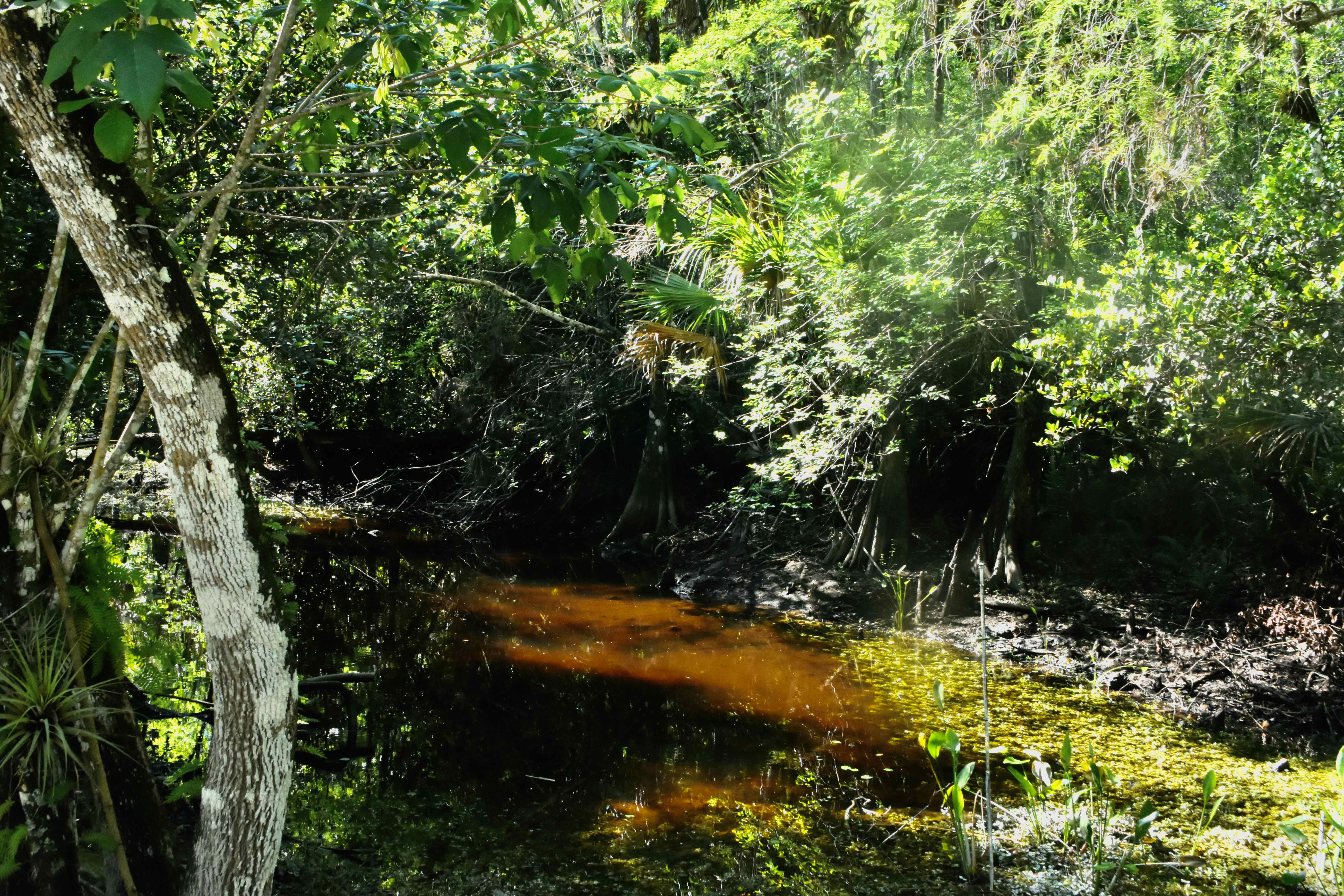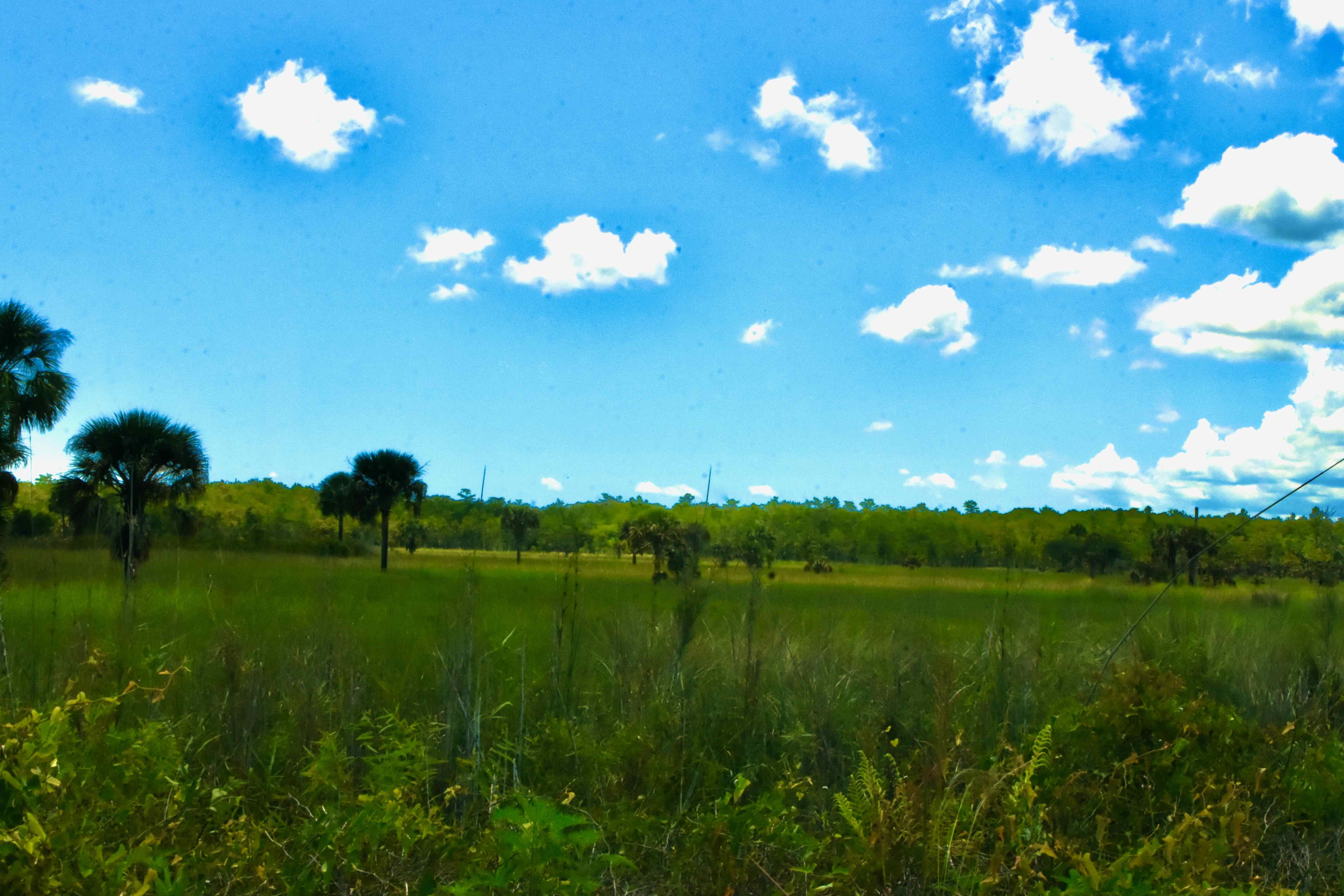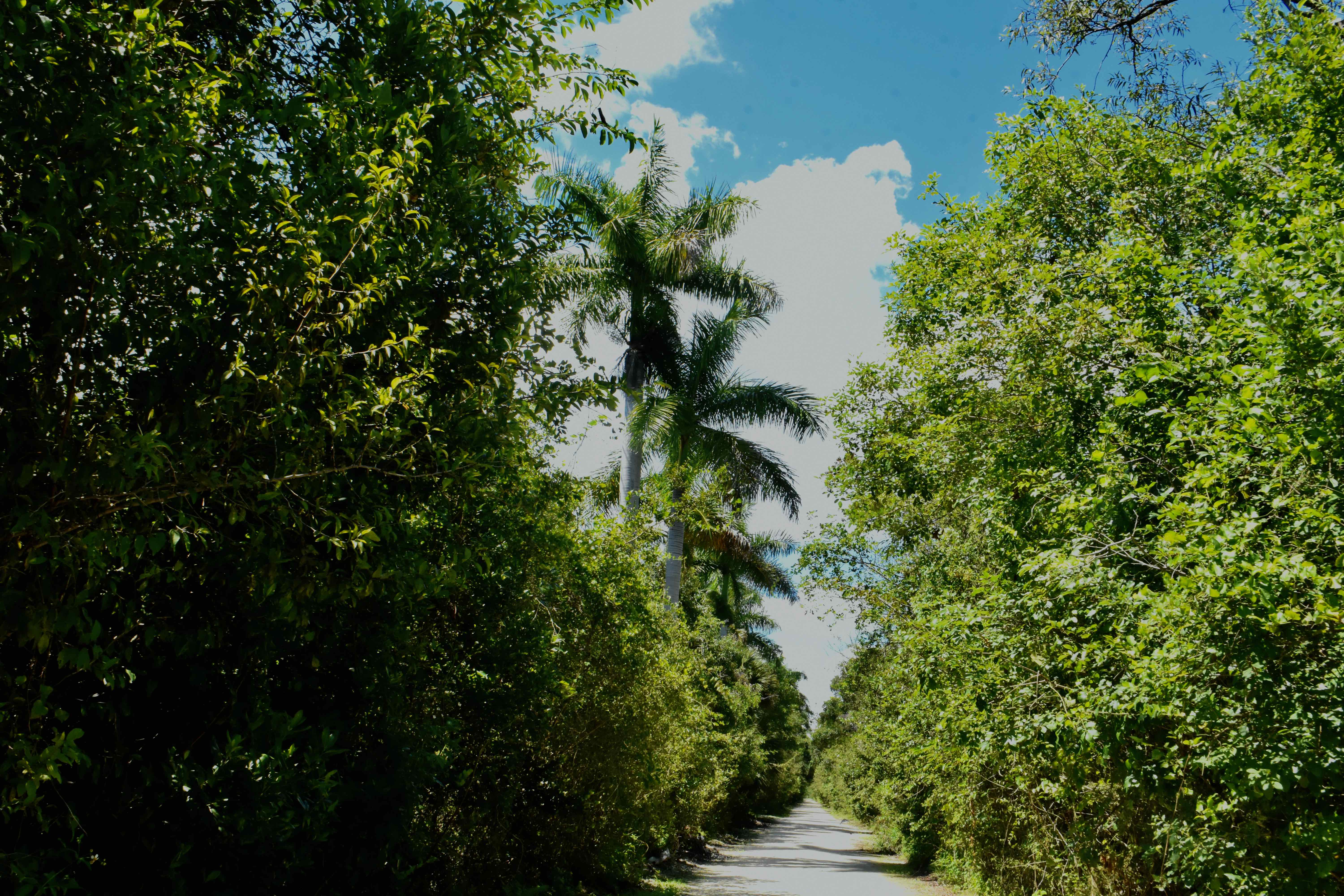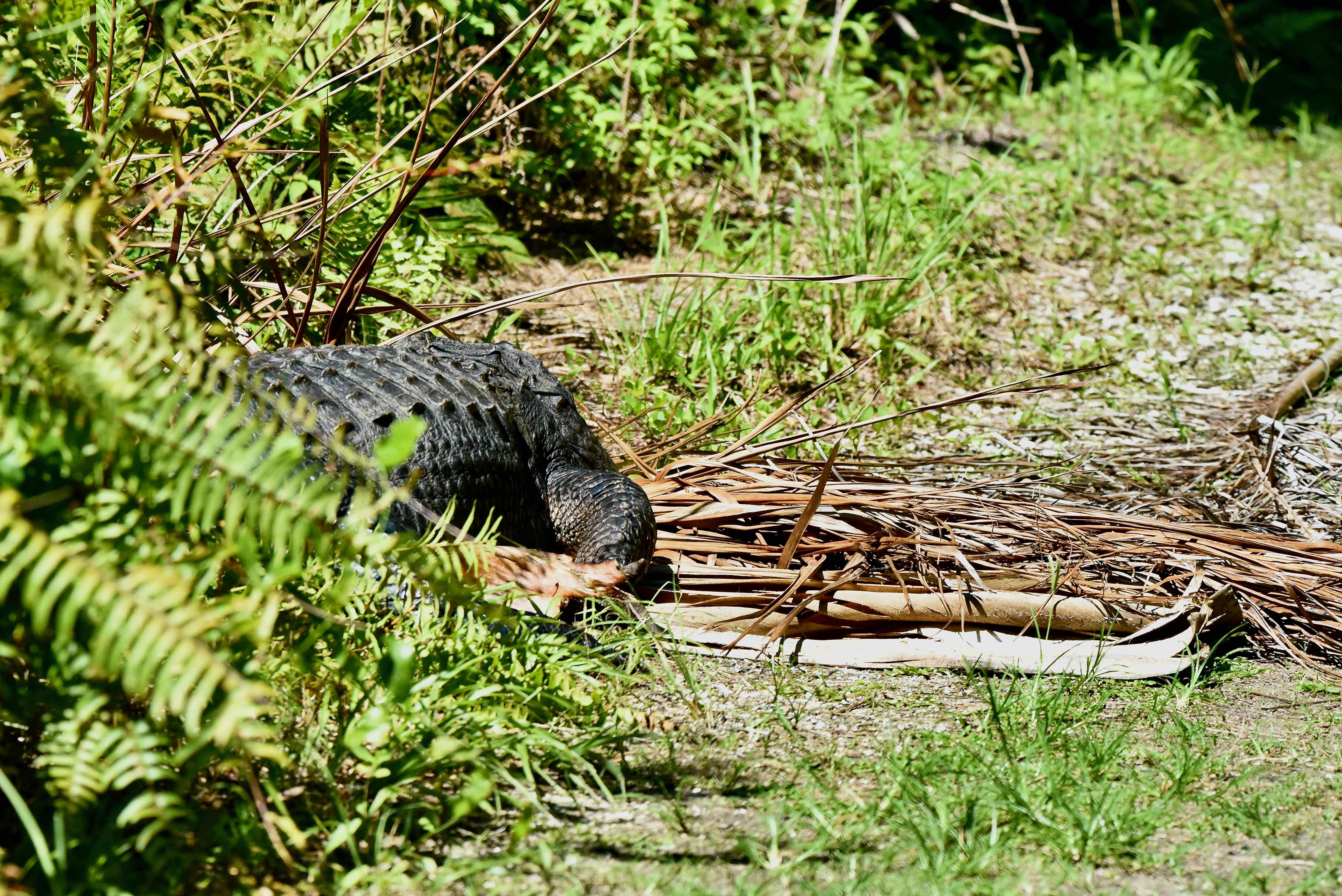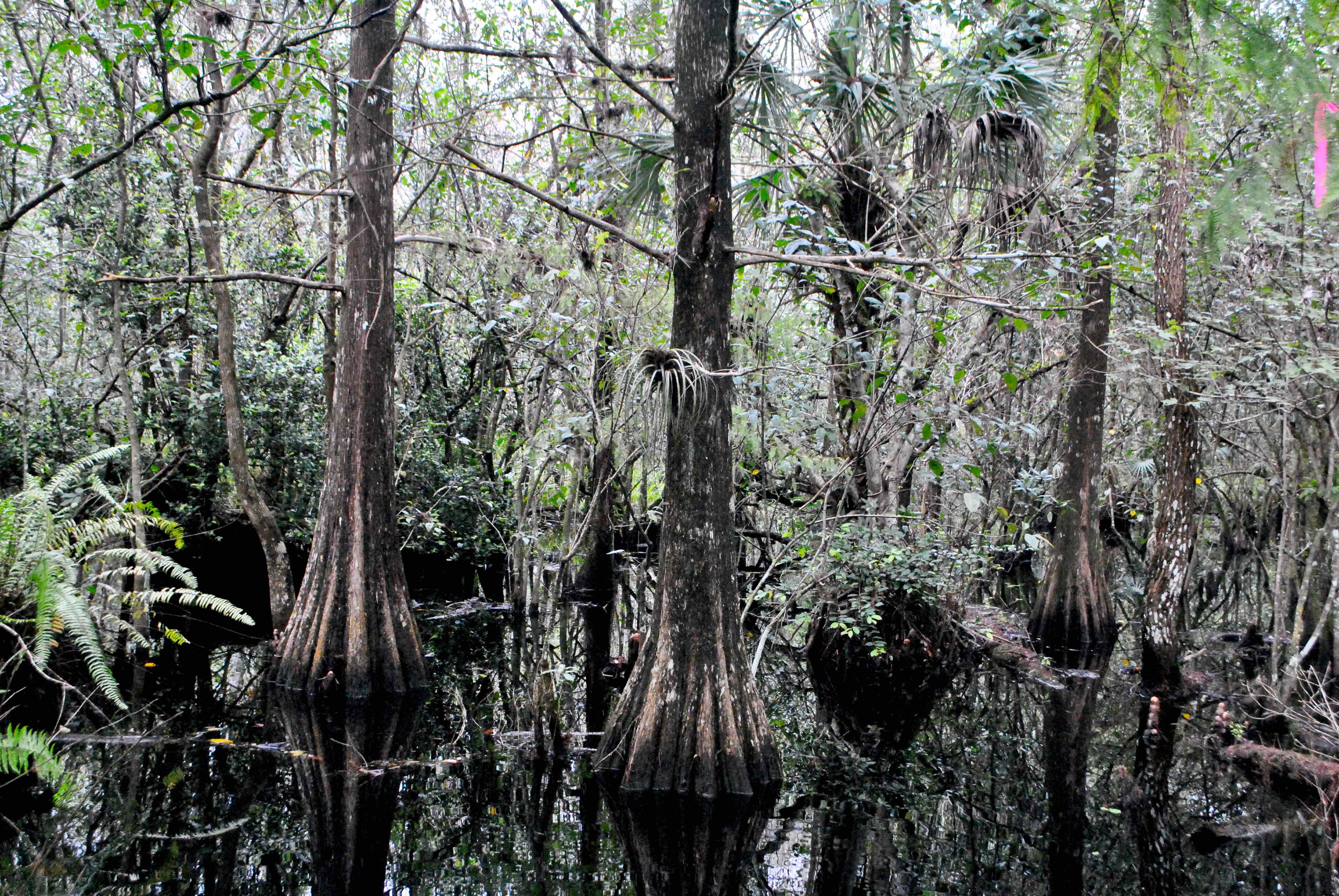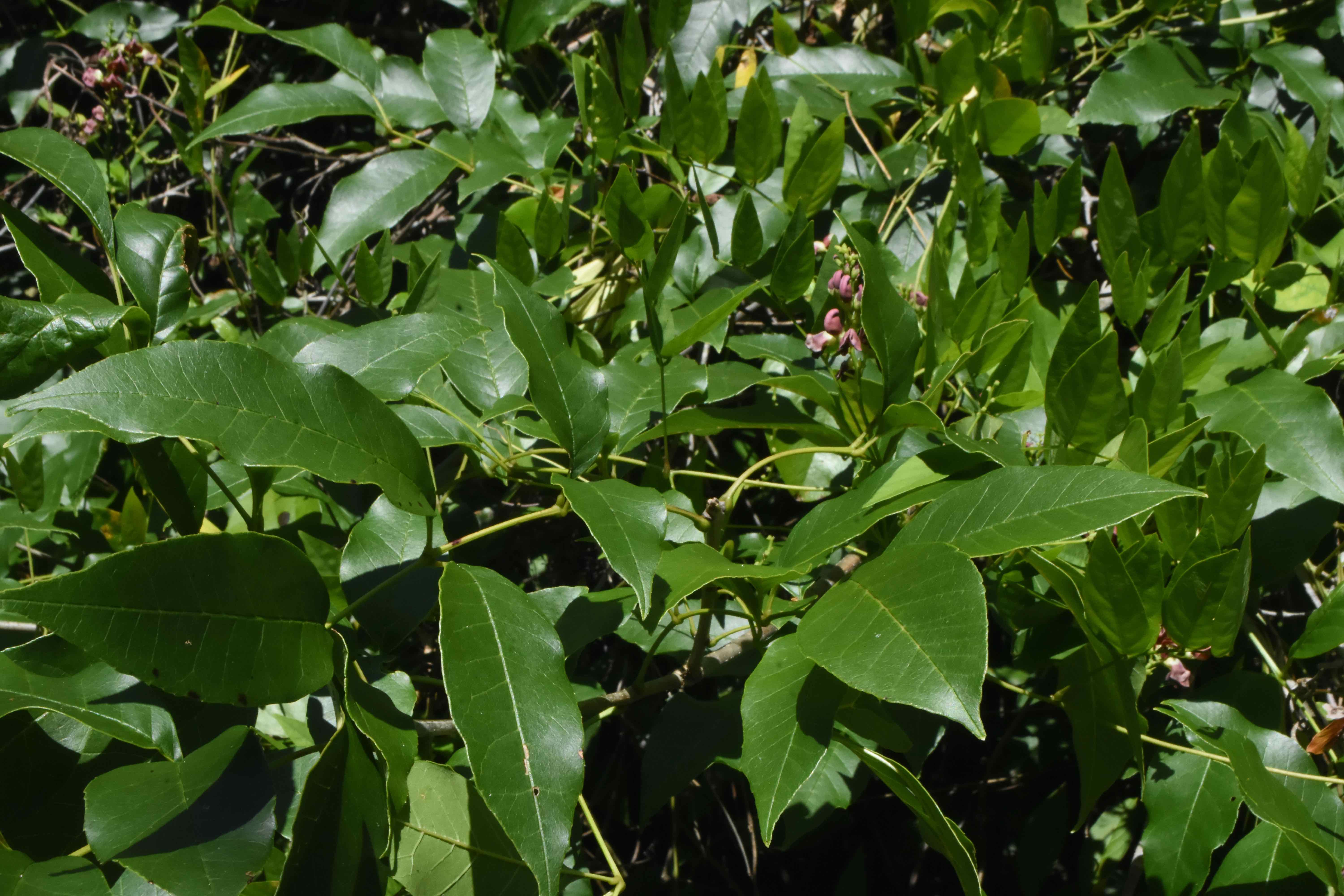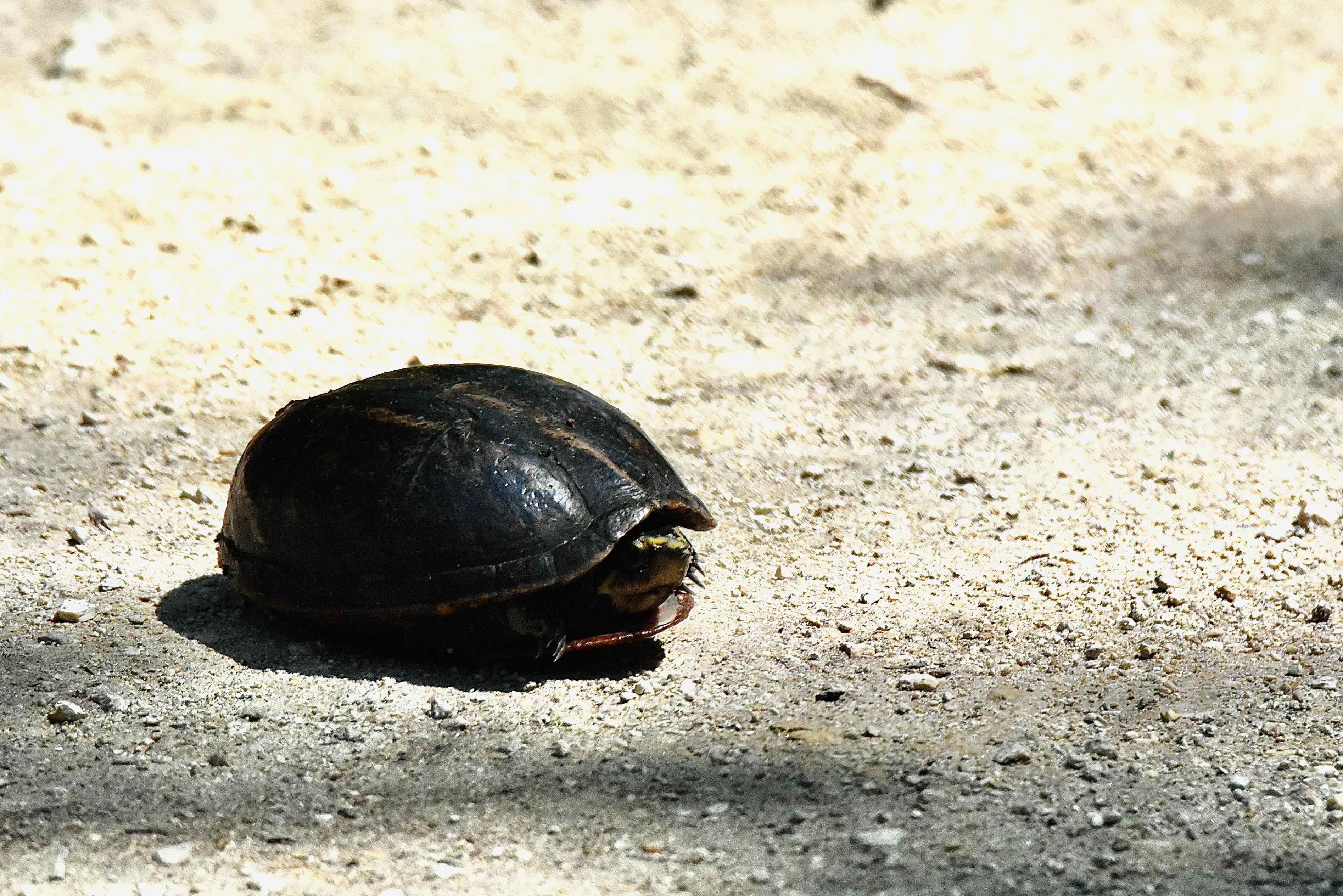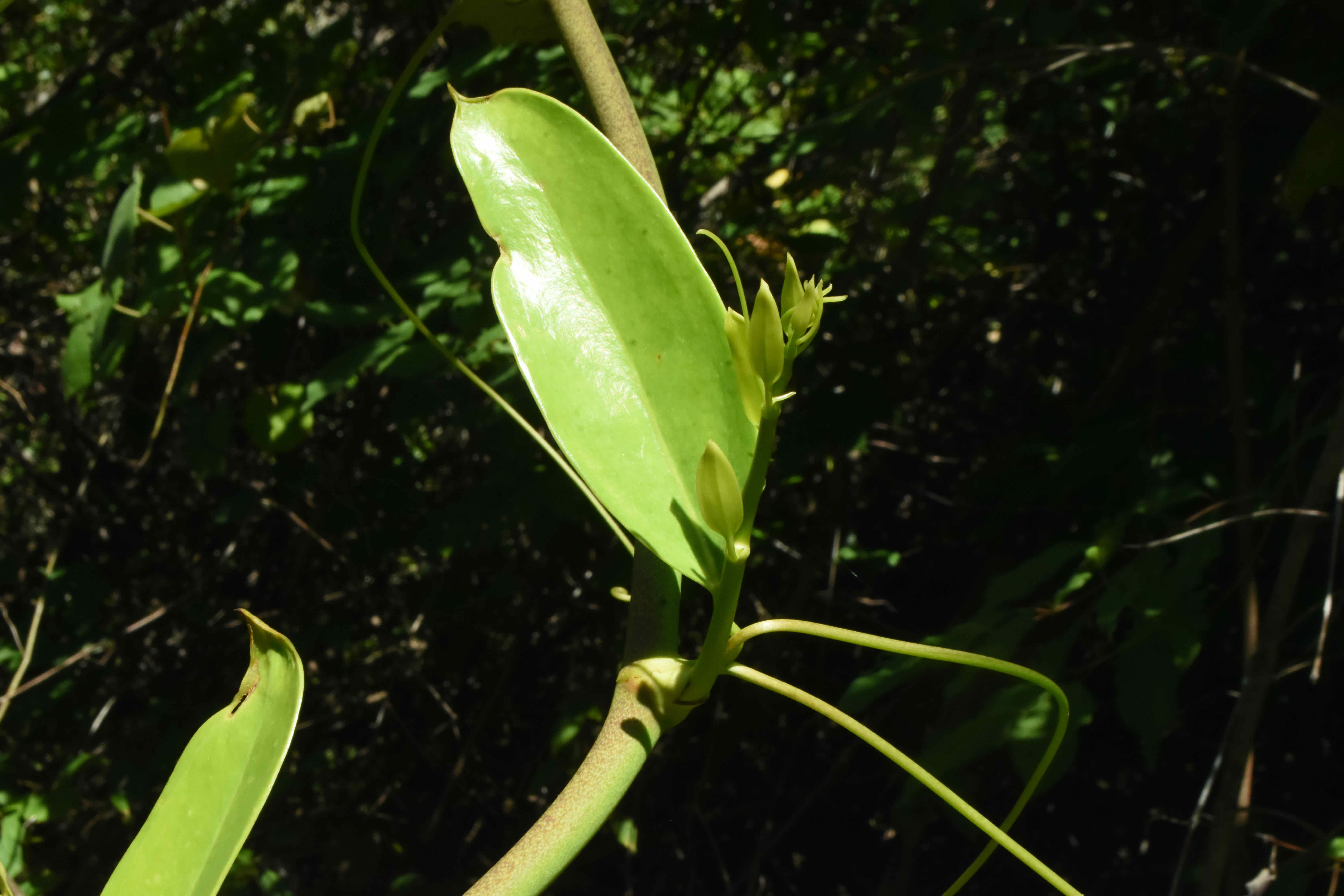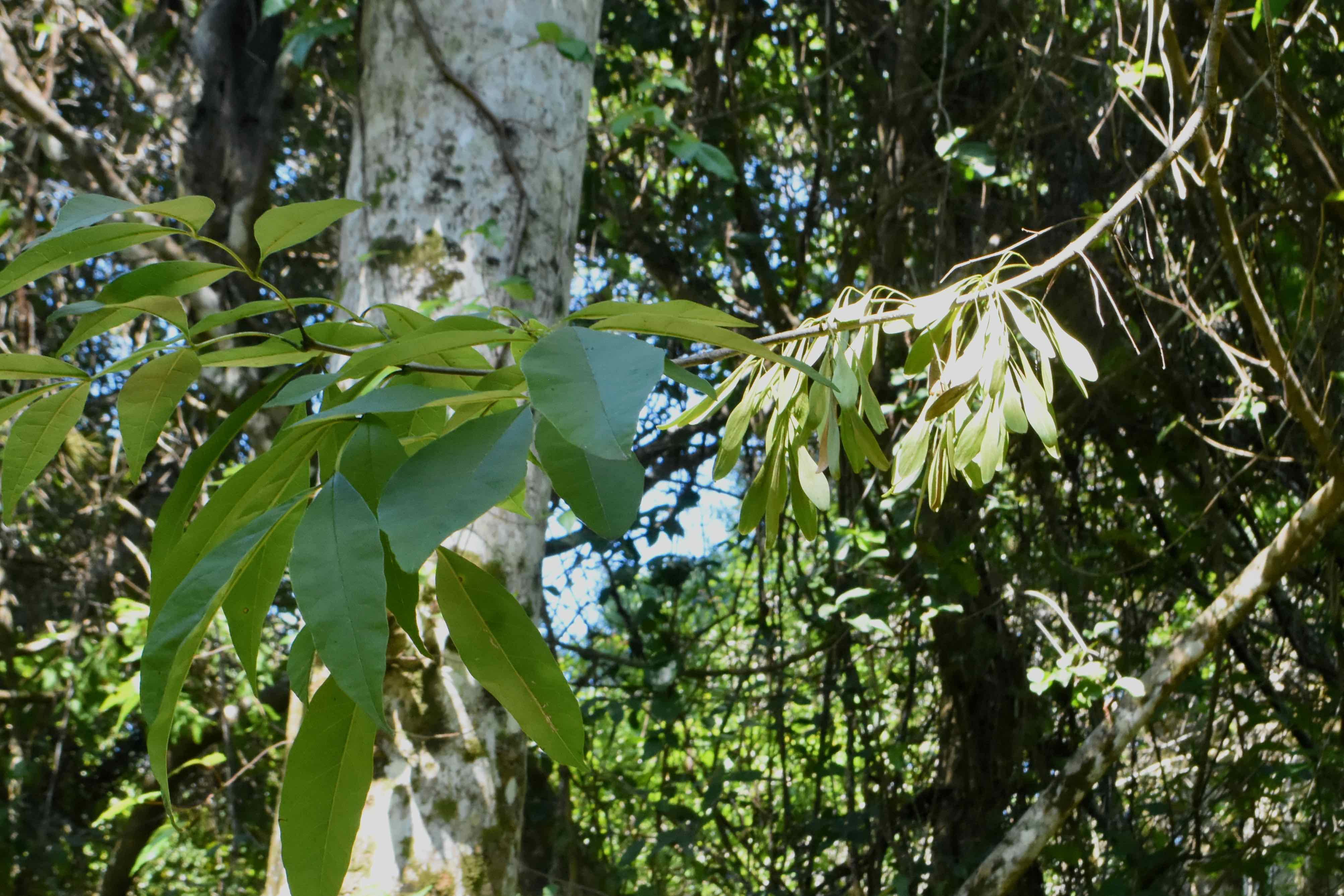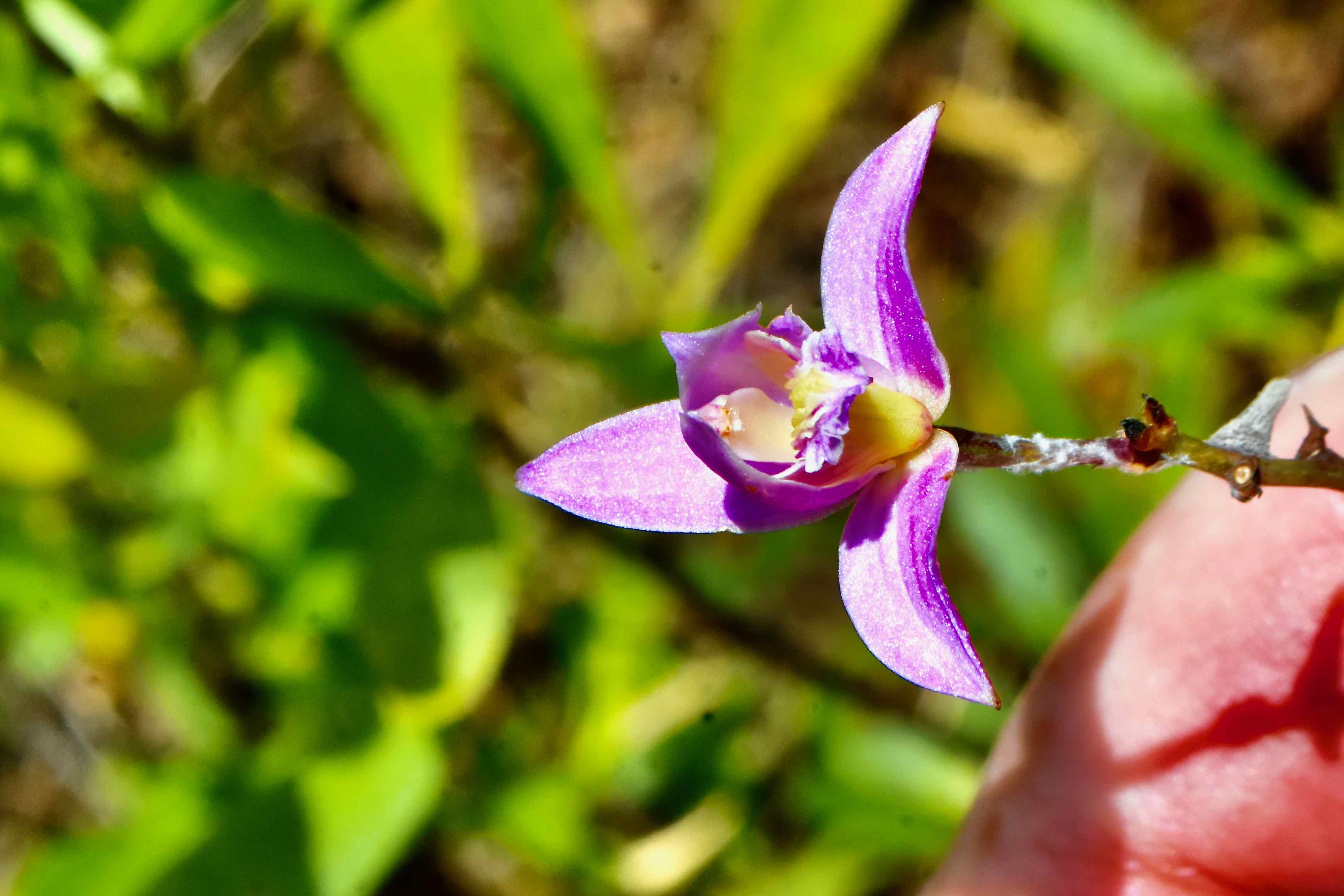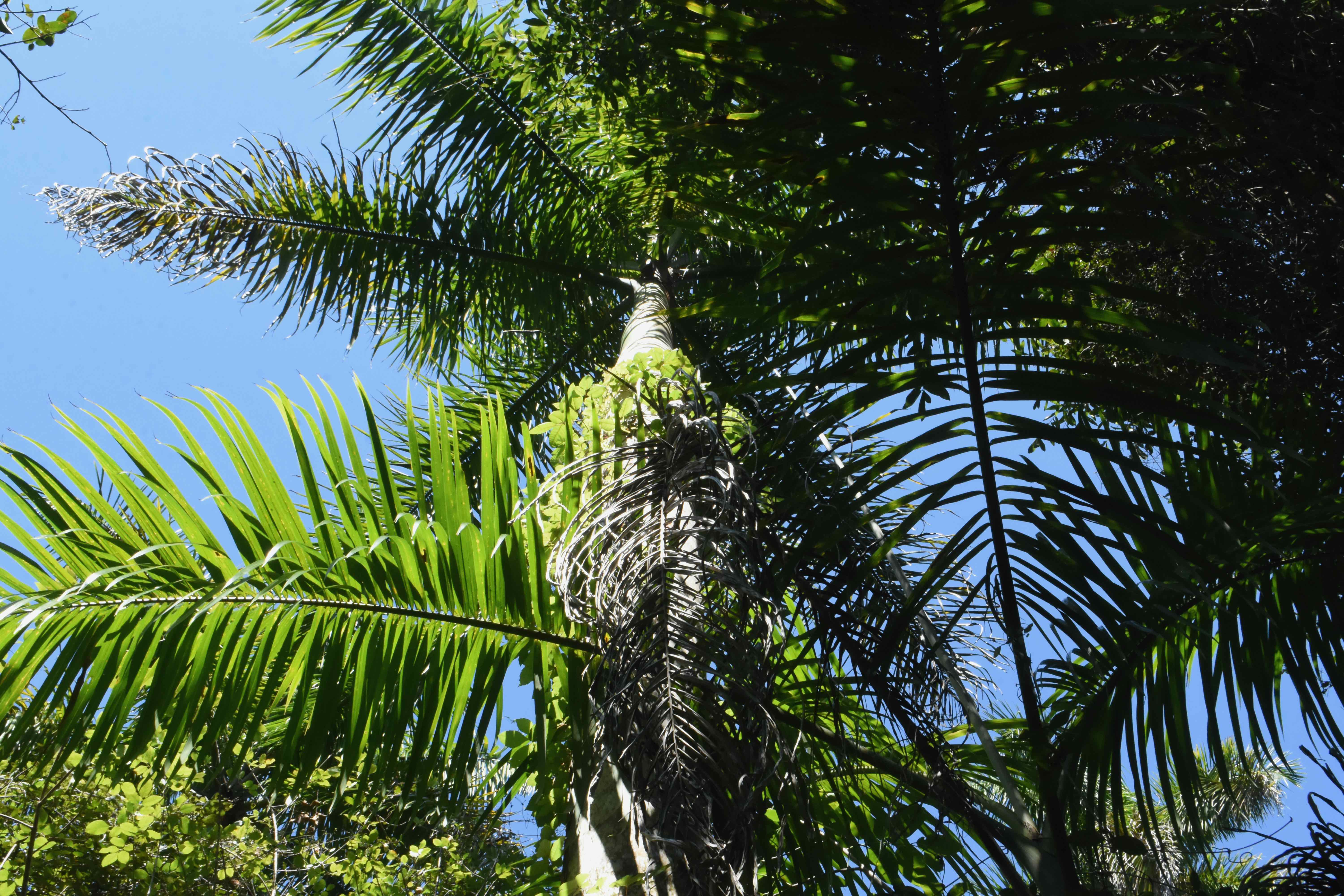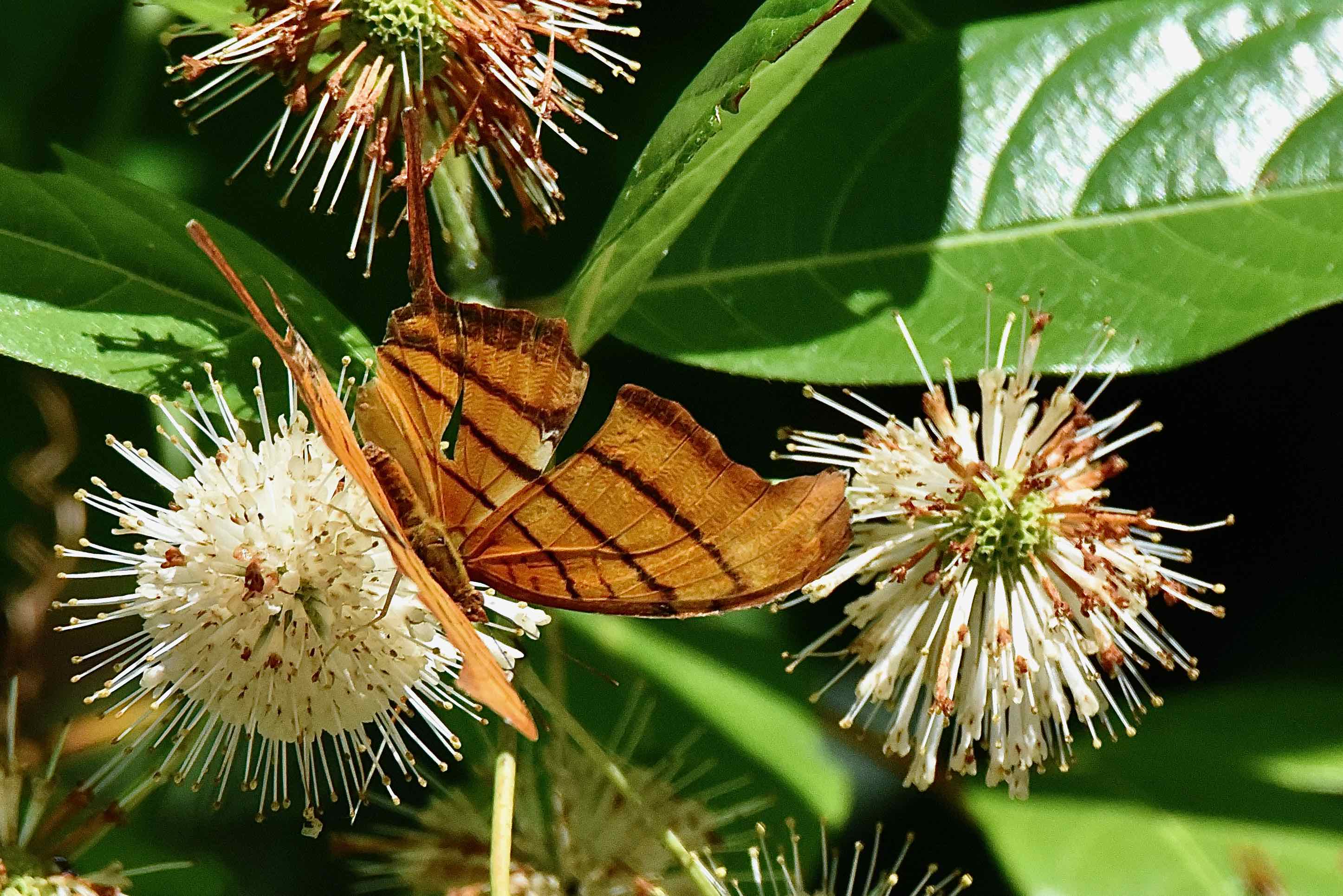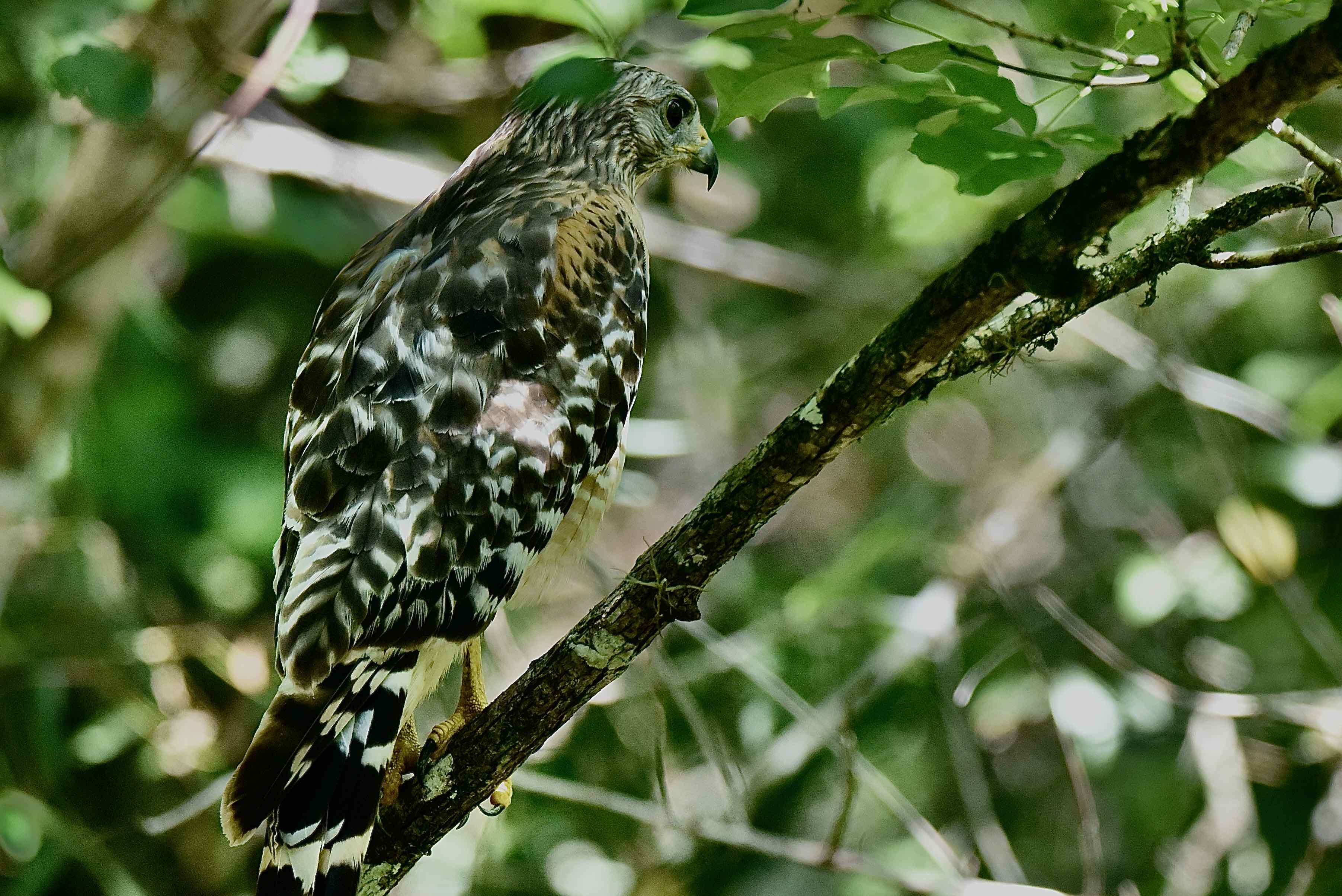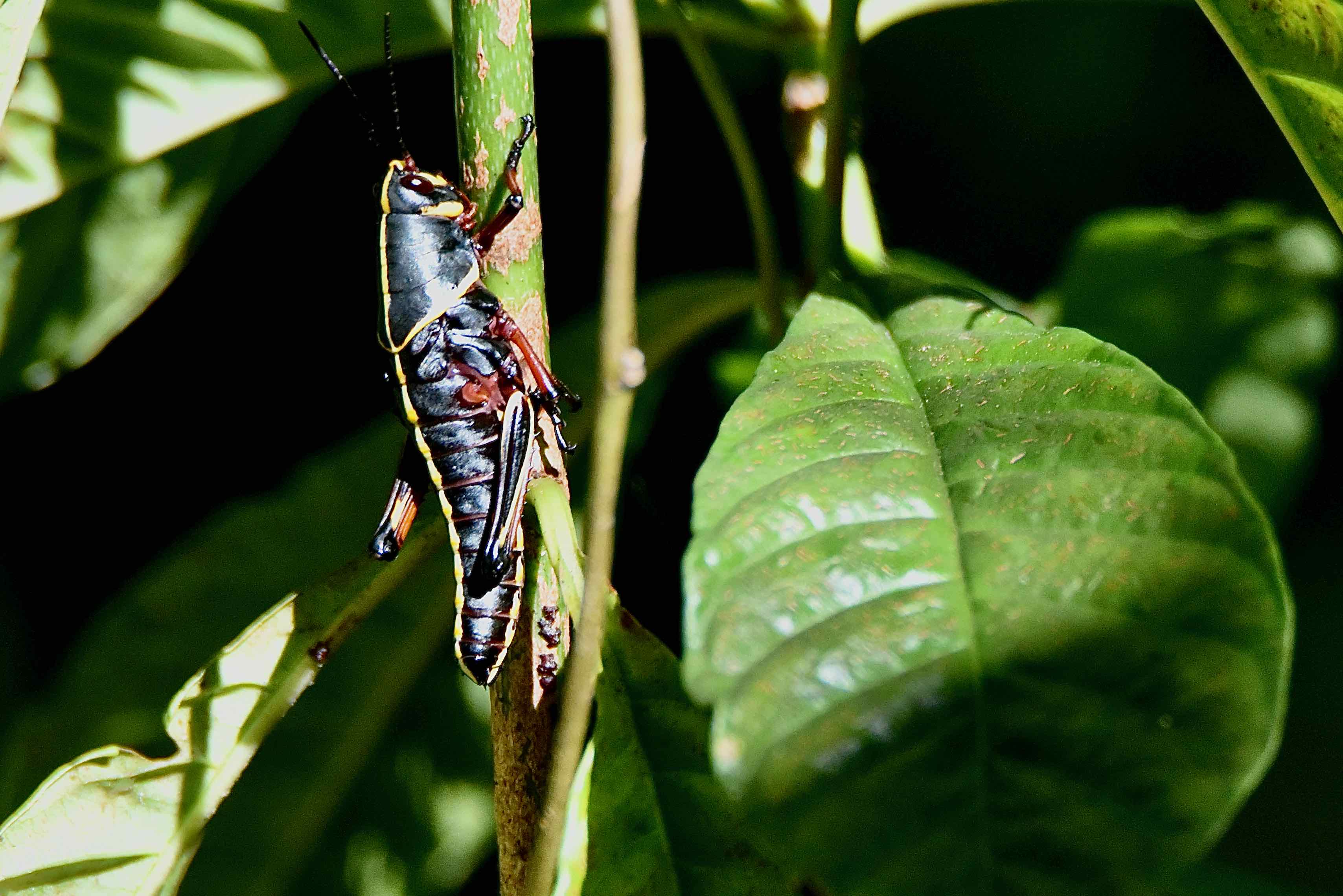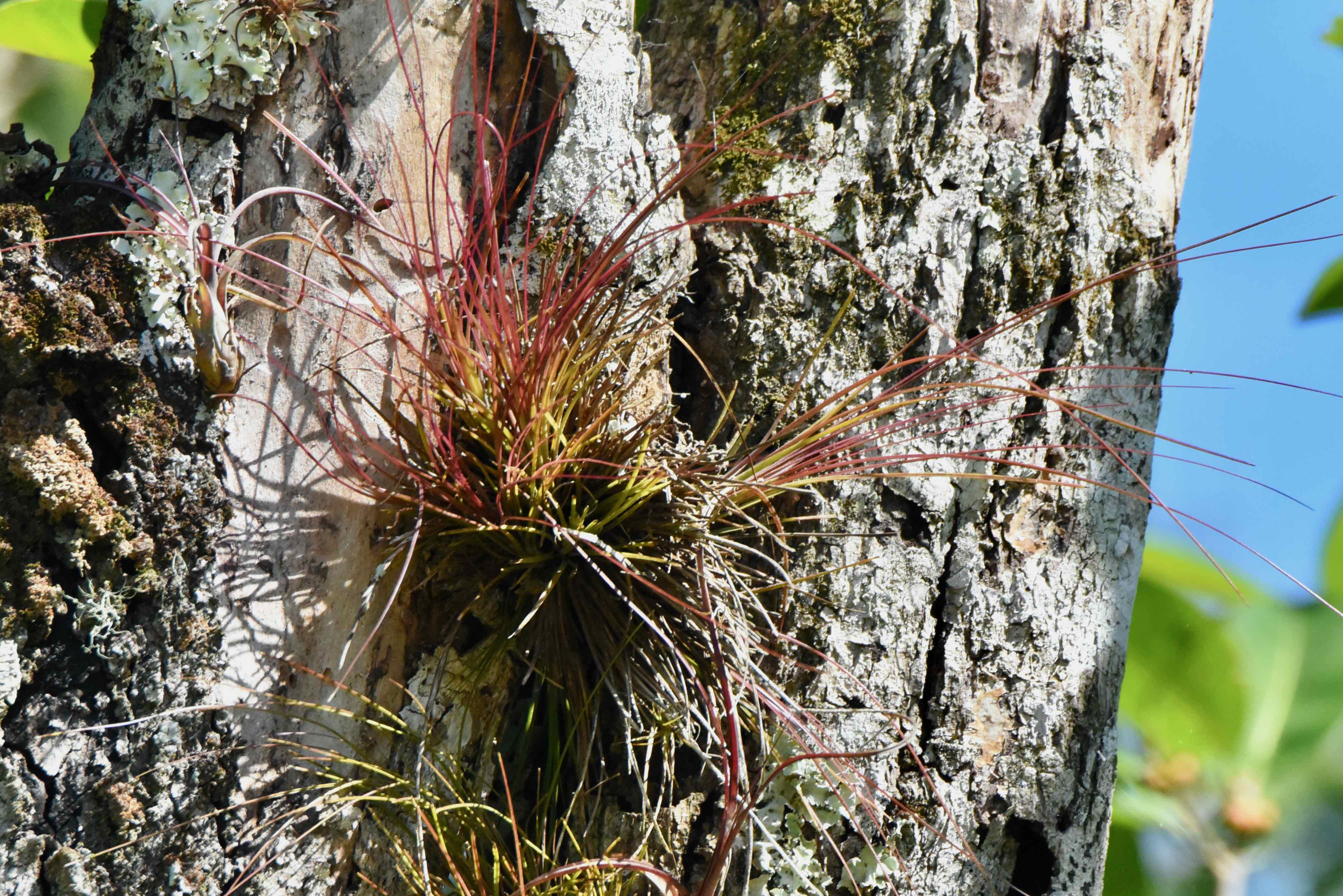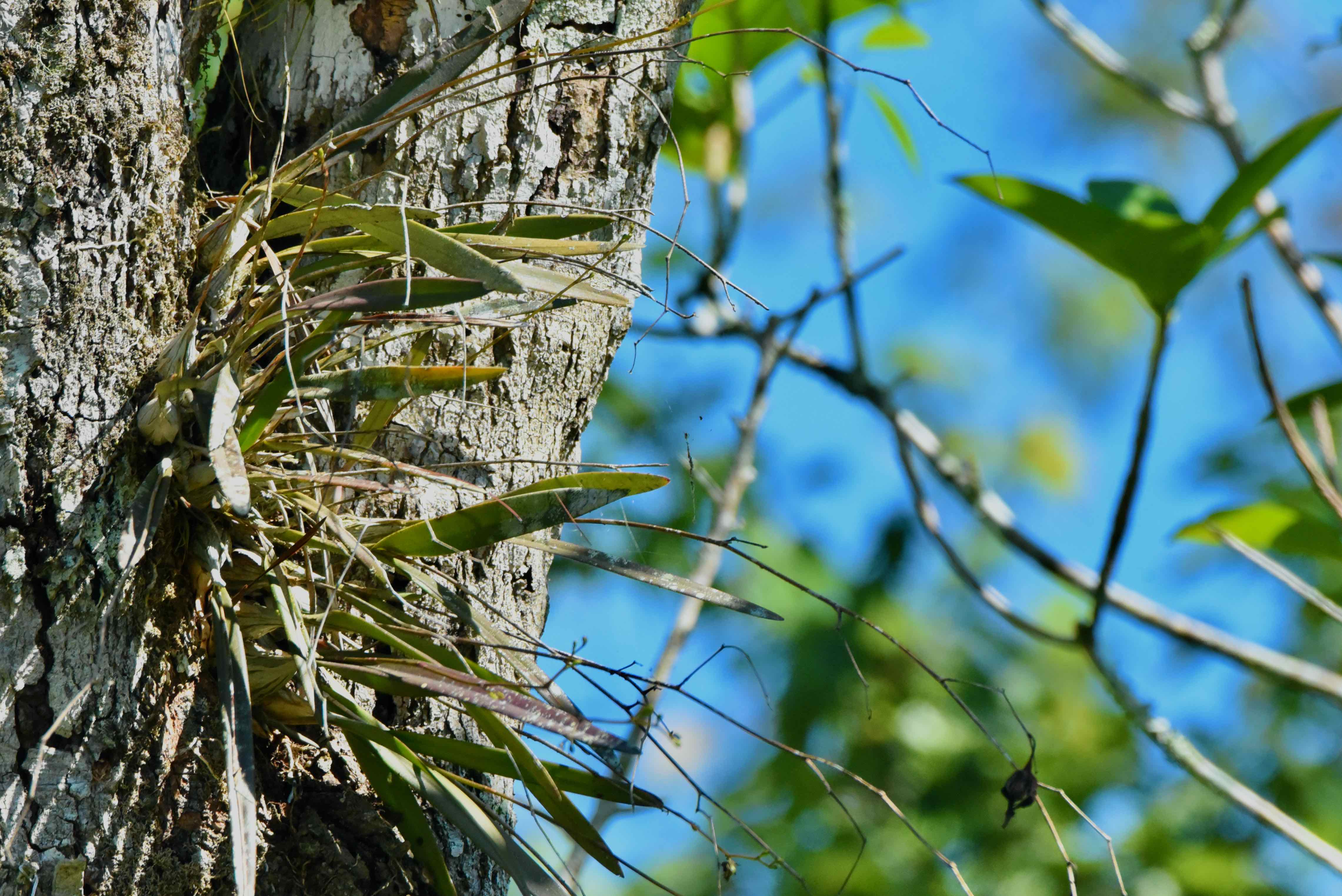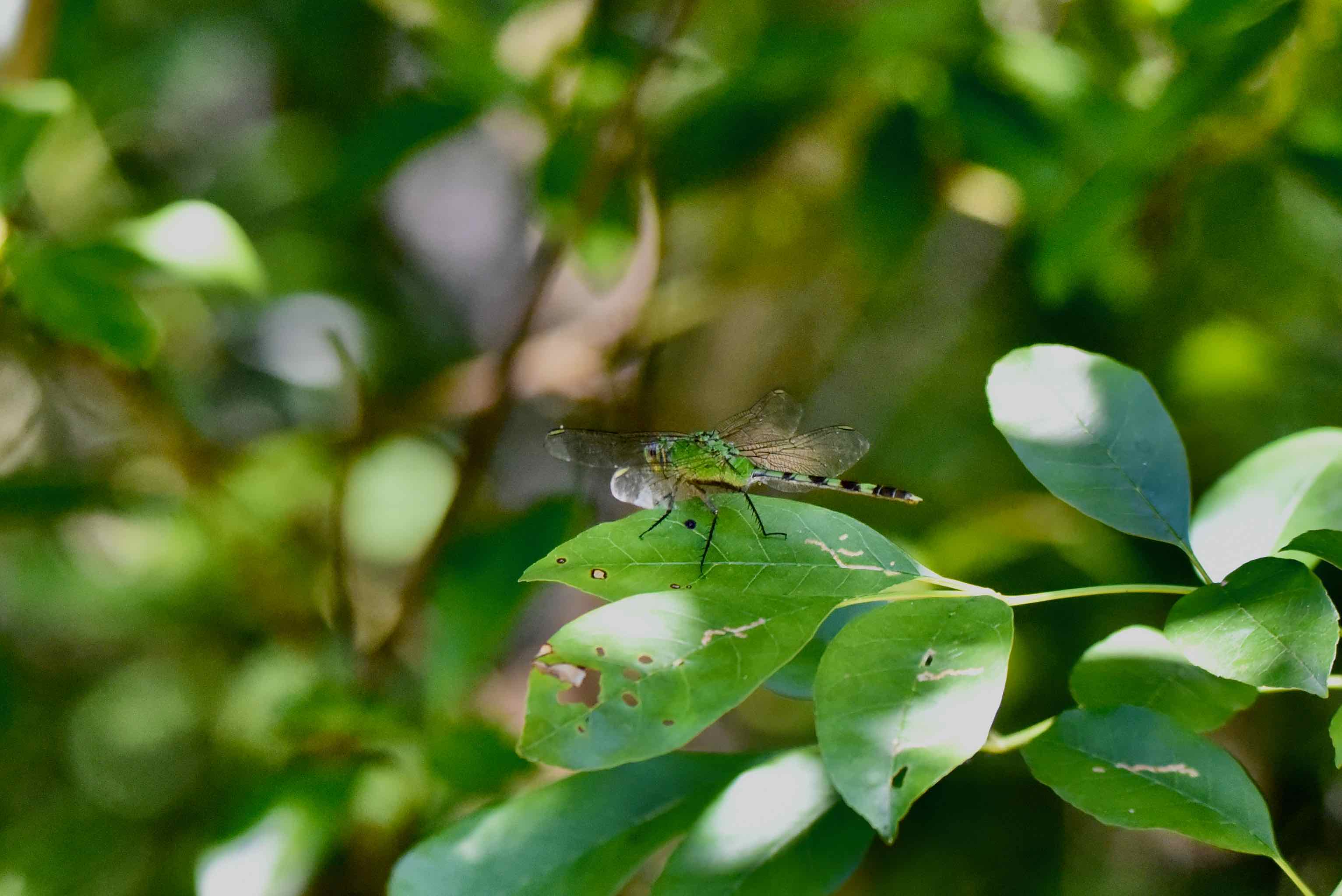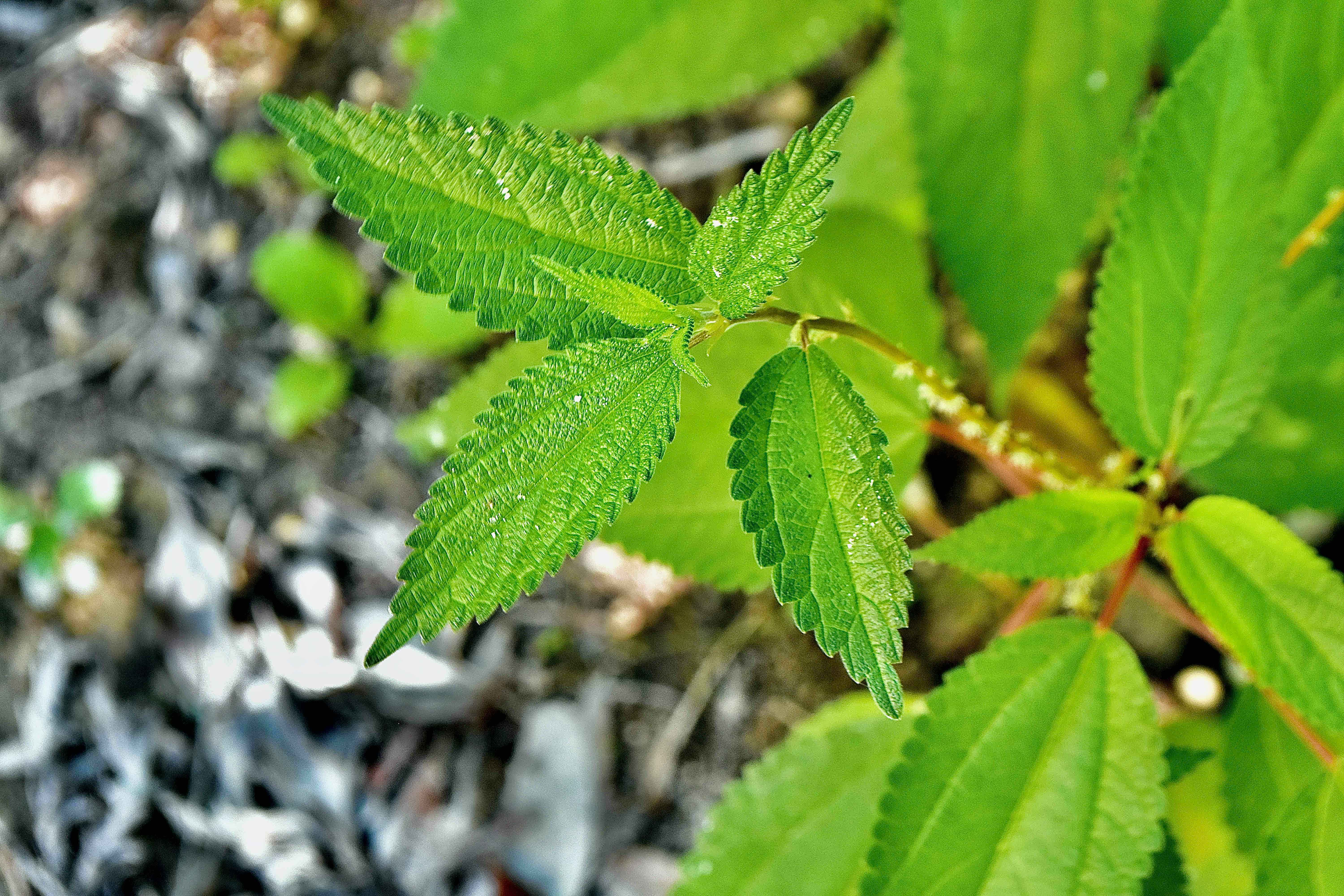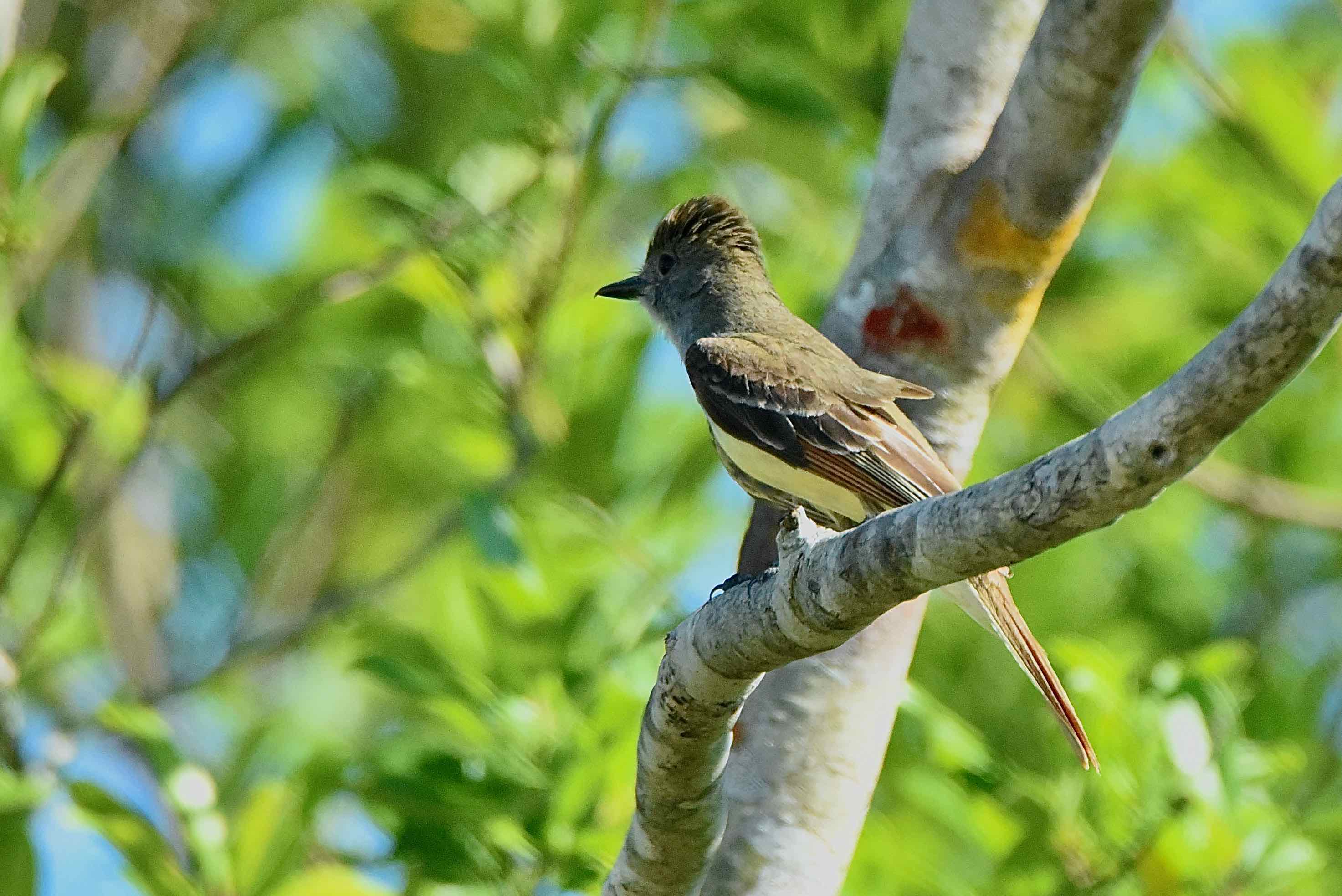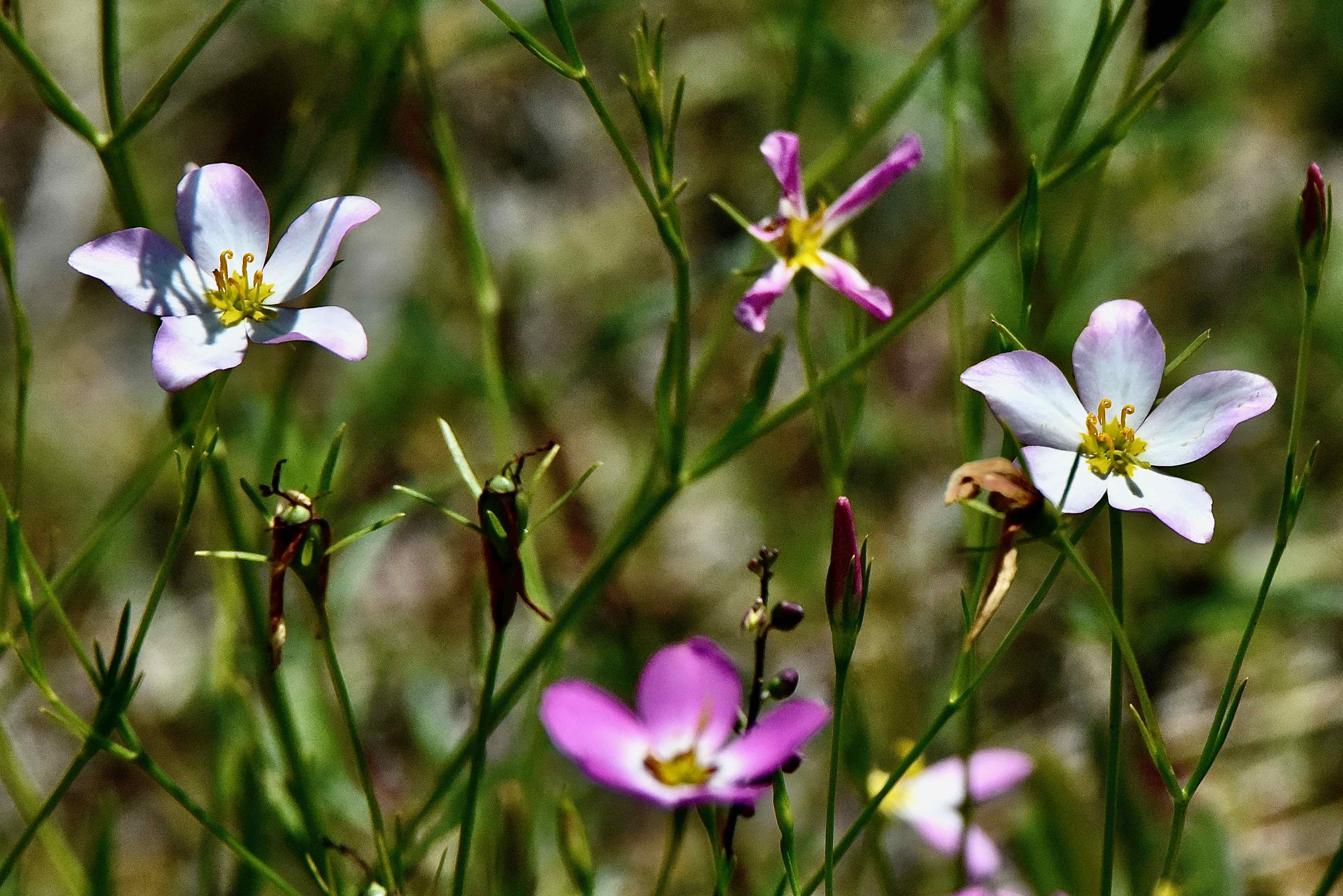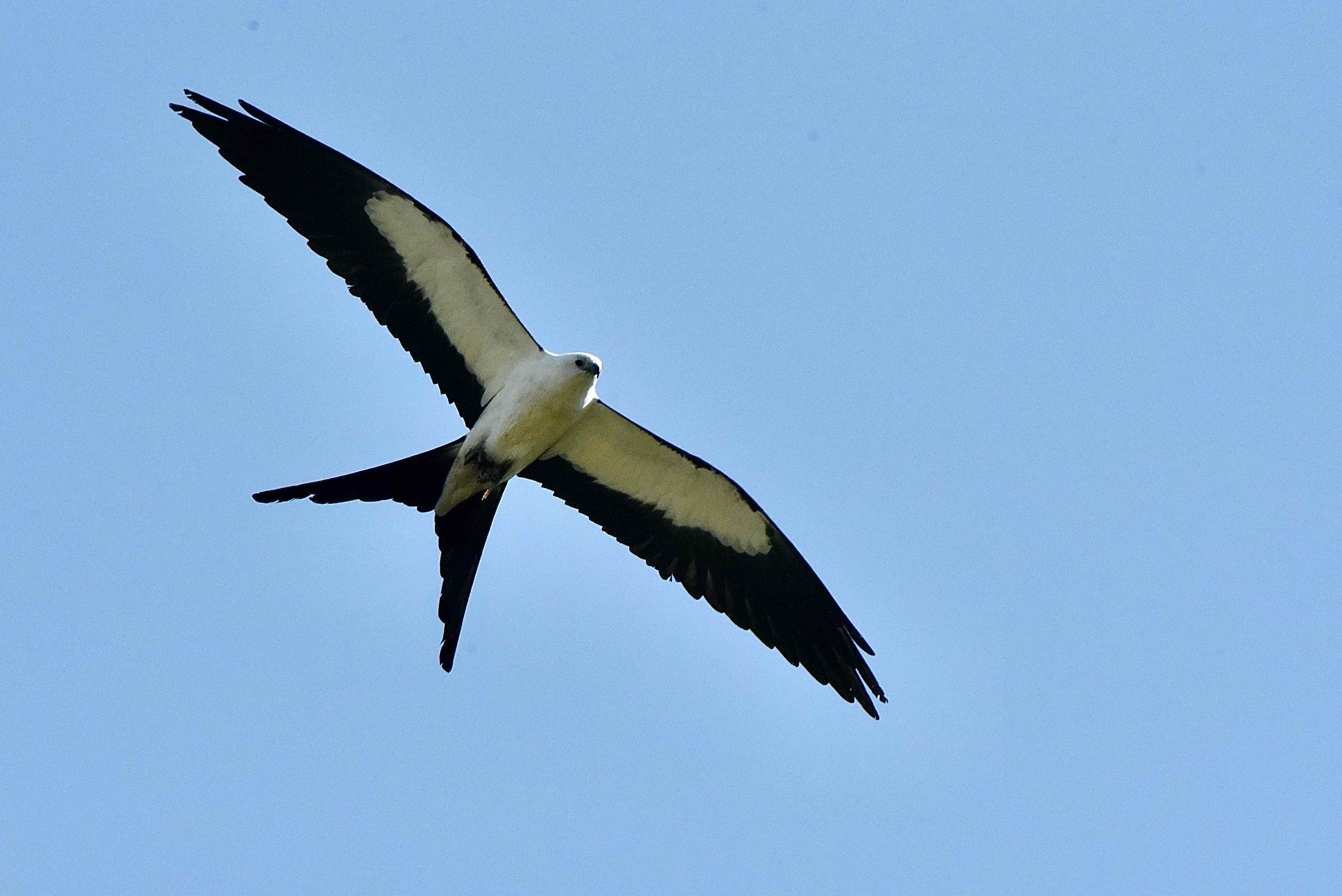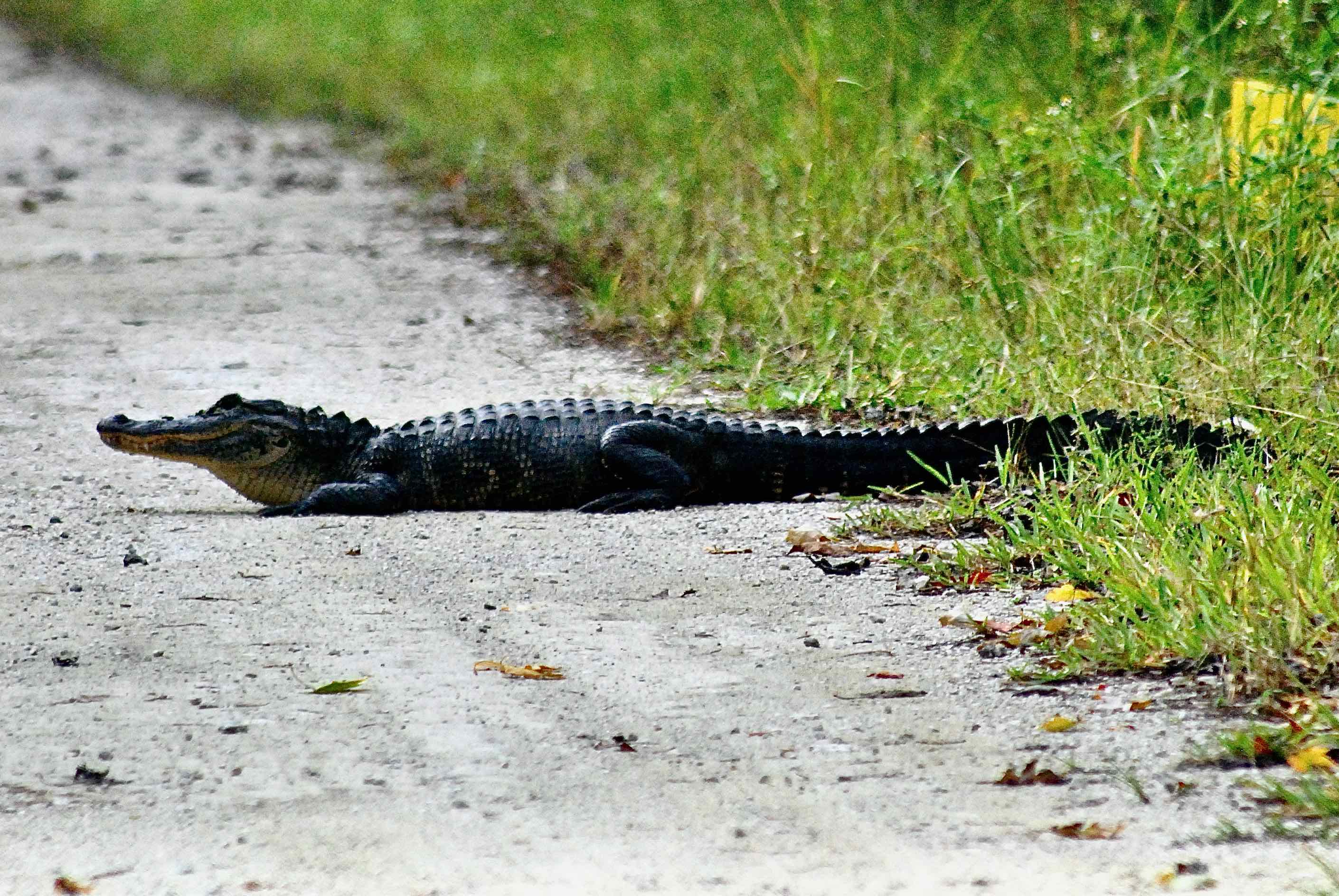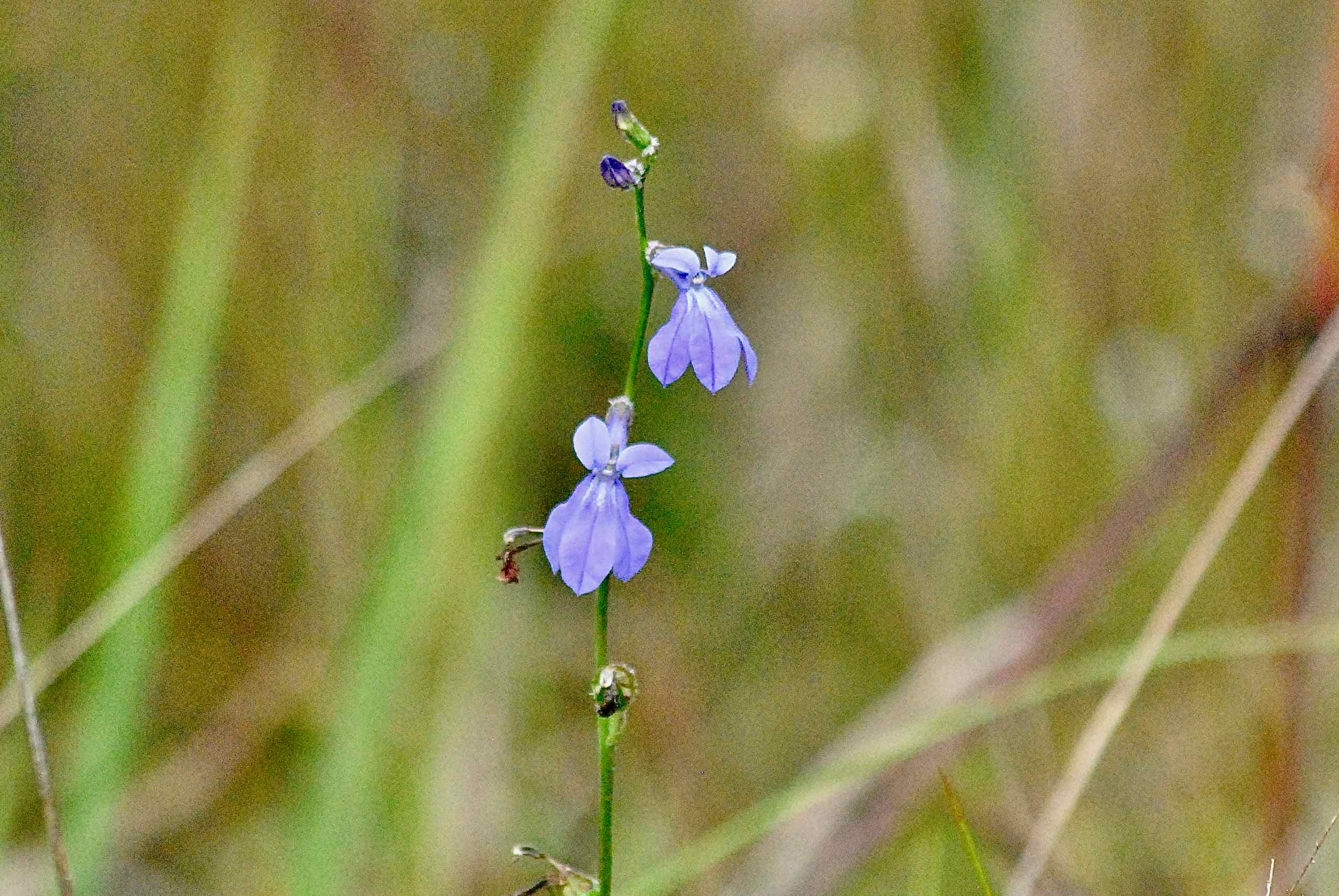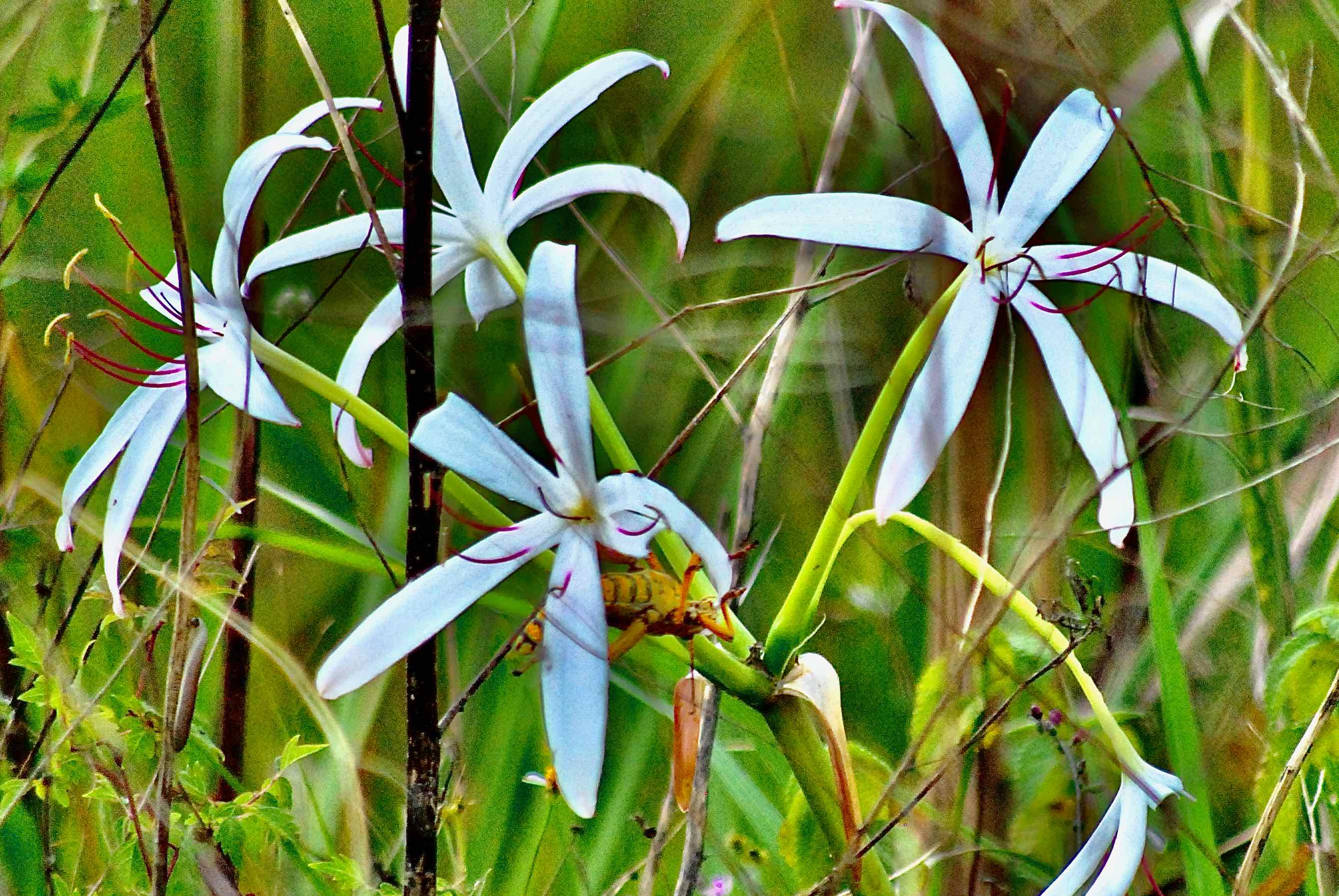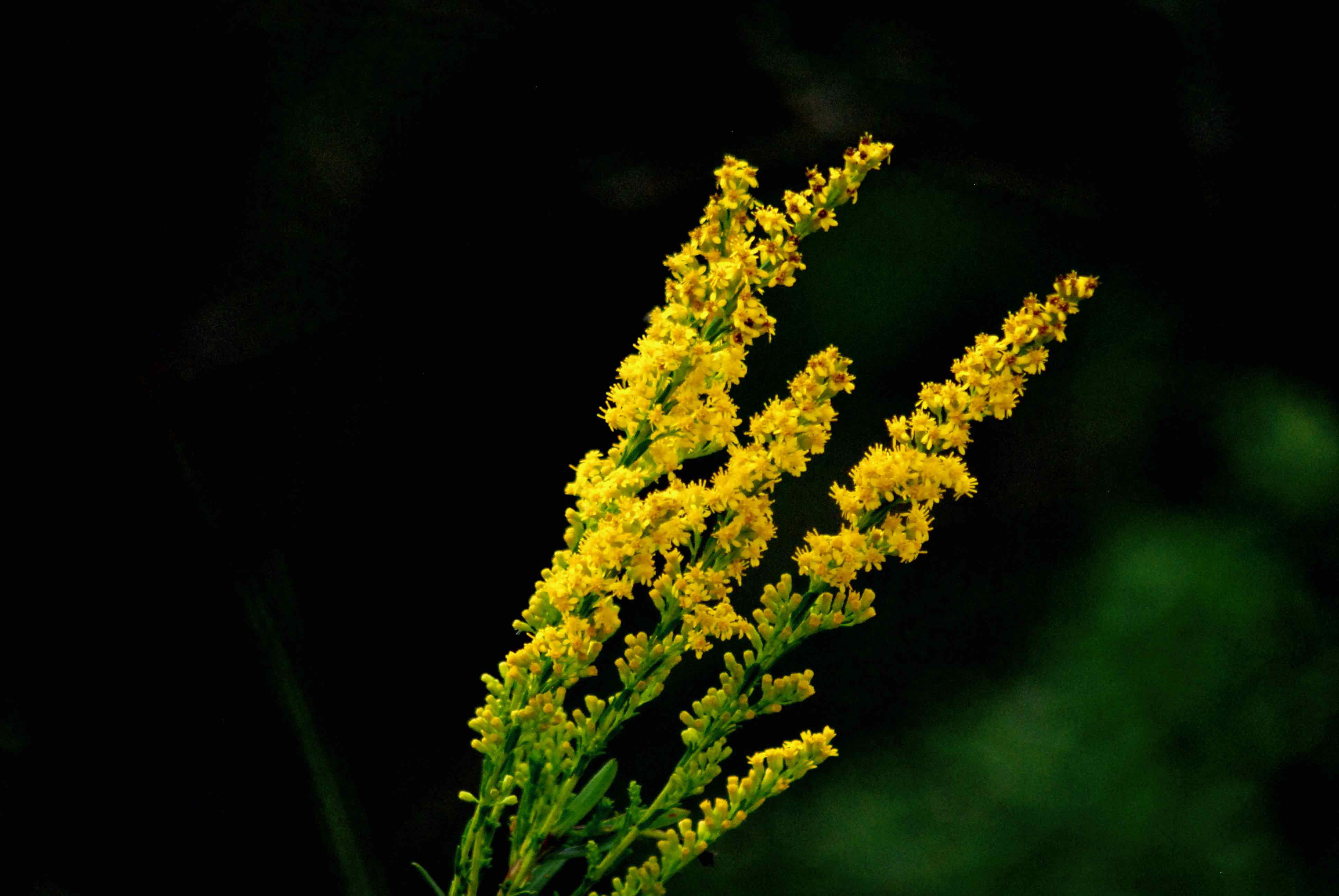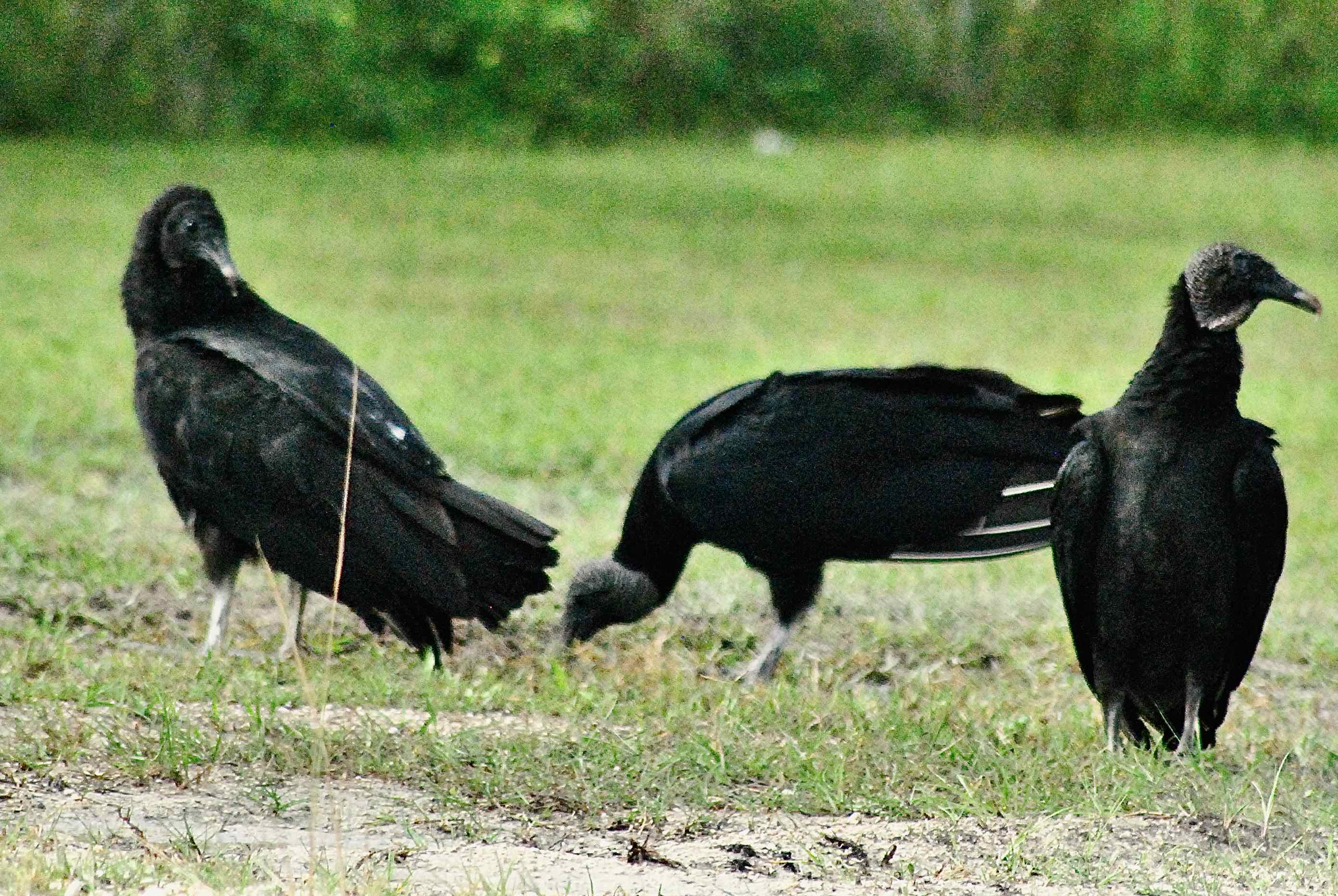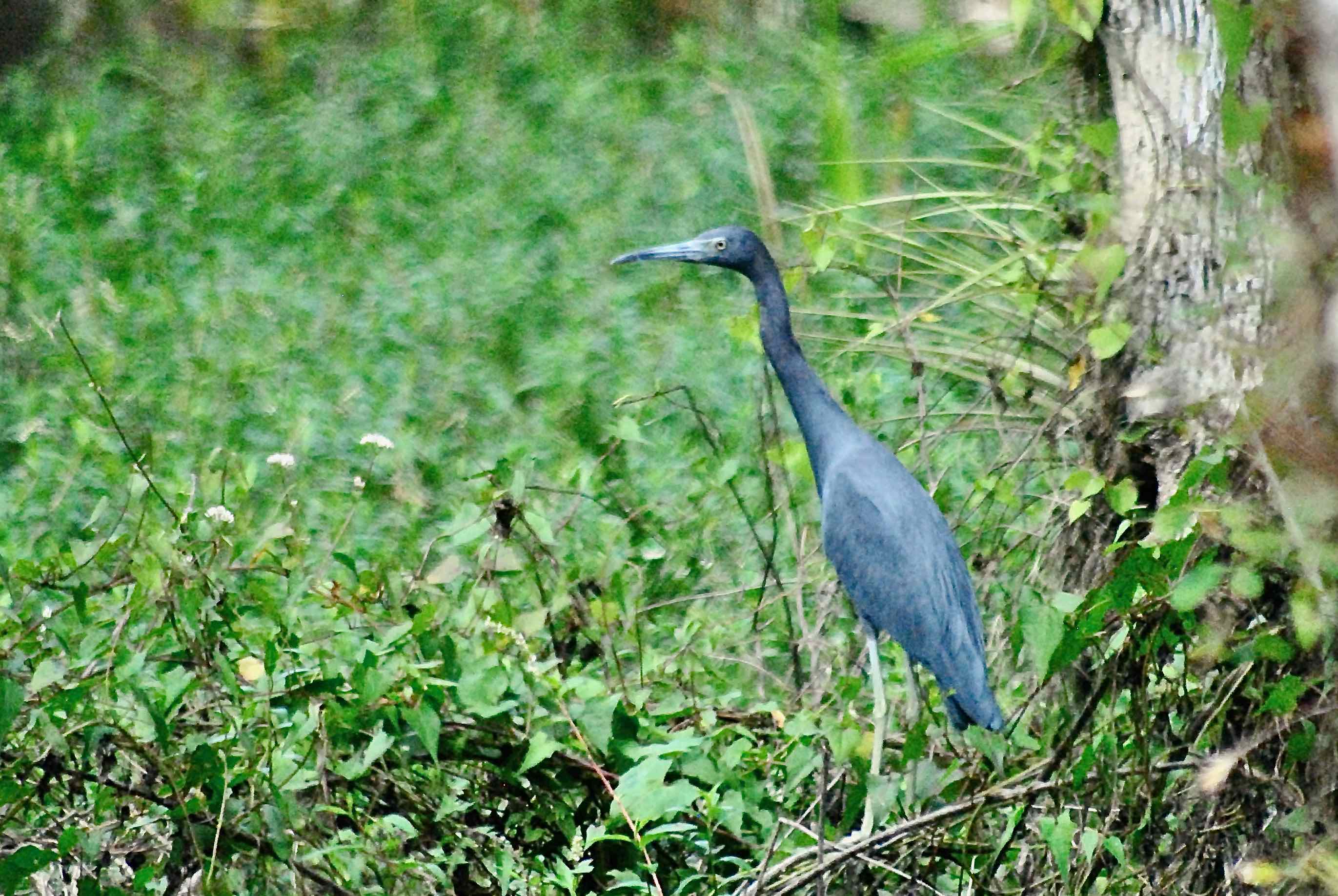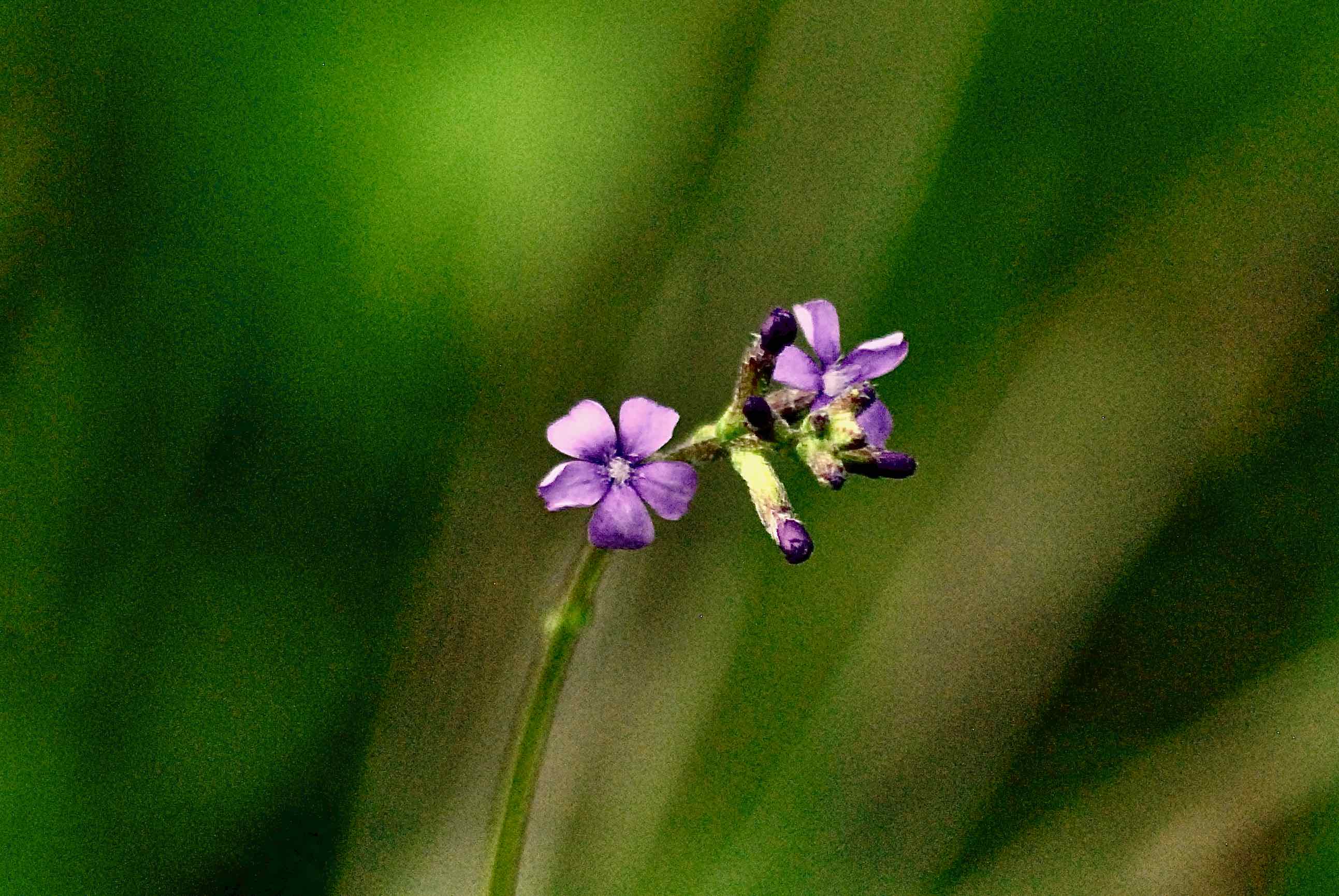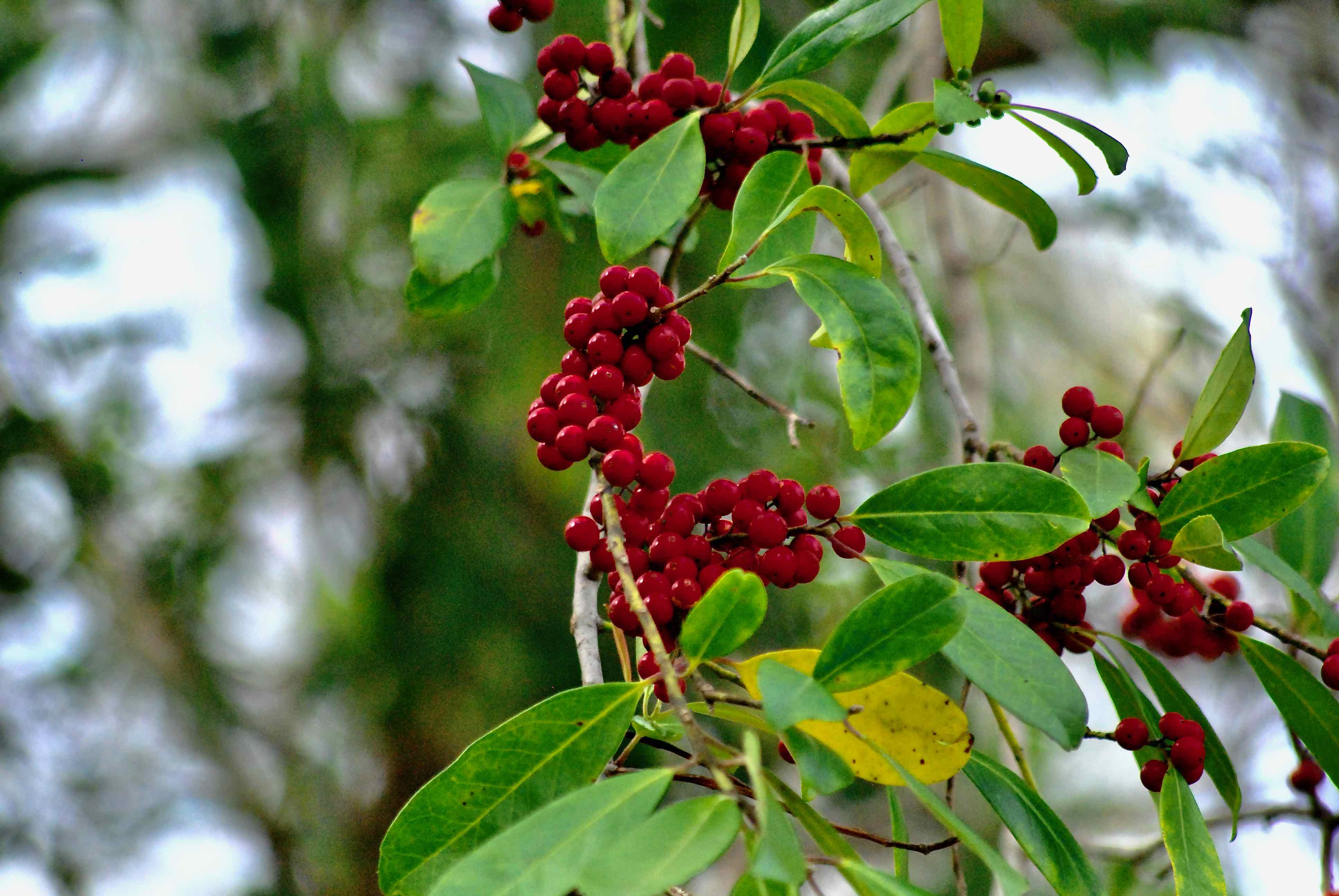Overview Wild and diverse. It ain't for nothing that Fakahatchee Strand Preserve State Park is known as the Amazon of North America. At 85,000 acres, it is the largest state park in Florida. Its cypress swamps provide the perfect micro-climates for orchids and bromeliads — 44 species of native orchids alone are found within the park.It has the largest population of native royal palm trees in the United States and one of only two royal palm-bald cypress forests in the world. It has the largest strand swamp in the world.
Pretty much any animal that can be found in the wilds of South Florida can be found in Fakahatchee: black bears, Florida panthers, white-tailed deer, alligators, even West Indian manatees. Fakahatchee strand swamp is part of the Okaloochoochee Slough and its largest natural feature. It runs 20 miles, north to south, draining into the estuaries of the Gulf of Mexico. Fakahatchee Strand Swamp Preserve has 14 distinct natural communities, of which strand swamp is the largest at more than 42,000 acres.
It can't be emphasized enough that Fakahatchee Strand Preserve State Park is a large and wild place. If you plan to do any hiking or biking of any distance, bring plenty of water and be aware of your limits, especially on a hot day. It could be a while before help finds you if you run into trouble.
History: Archeological evidence indicates that human beings have been present within Fakahatchee Strand Swamp and surrounding lands at least seasonally for thousands of years. There are middens — piles of shells, animal bones and other material — dating back to at least 1,000 BC and more commonly between 500 BC and roughly 1500 AD, the time when European explorers first stepped on Florida's shores. There are remnants of a 20th century culture called the Gladesmen, men and boys mostly, who lived off the land hunting and fishing, and built permanent and temporary camps within the park. Some privately owned camps still exist.
There have been cattle ranches, tomato farms and limestone mines within the bounds of Fakahatchee Strand Preserve State Park, but far and away the most significant commercial use of the land was cypress logging beginning in 1944 and continuing into the late 1950s. Loggers operated under the philosophy of "take all, leave nothing," stripping almost all of the old-growth cypress. Some how, the ancient trees in the area where the Great Cypress Bend Boardwalk now lies managed to evade the axe. Loggers altered the terrain and the hydrology of the strand by digging canals and building 192 miles of elevated tram ways — railroads — to move lumber out of the swamps and to market. Florida bought 34,727 acres of Fakahatchee in 1974; additional purchases since then have more than doubled the size of the park to about 85,000 acres. A major part of restoration efforts since 1974 has involved filling canals and returning natural water flow to the area. Some of the tram roads have been allowed to grow over; others are used as hiking and biking trails.
What You'll See: First time visitors to Fakahatchee Strand Preserve State Park might wonder, "where's the swamp?" as they slowly move down Janes Scenic Drive. Vast, open expanses of grasses and sedges called marl prairie line both sides of the road. Continue the drive and the scenery changes; the area becomes wooded, magnificent royal palms tower above the green canopy. Soon you'll encounter the first of two major hiking/biking trails, the East Main Tram, and beyond that, the West Main Trail. Both are entry points to the heart of Fakahatchee.
Fakahatchee is by far the wildest of Florida's state parks that we have visited, in the heart of wildest region in the state. You can encounter almost anything and everything Florida can throw at you, from black bears and panthers to very large alligators. Odds are you won't, especially during the heat of the day, but be prepared just in case.
Fakahatchee Strand Preserve State Park is amazingly diverse. It's a great place for birders, especially in the cooler months. There is a pair of nesting eagles along the Great Cypress Bend Boardwalk; in mid-spring, when we last visited Fakahatchee, swallowtailed kites filled the sky. There are 14 different natural communities within Fakahatchee, and you'll plants here that you won't elsewhere.
It should be noted that Janes Scenic Drive has a 15 mph speed limit its entire length, strictly enforced by bumps and ruts.
Amenities: Fahakahtchee Strand is fairly primitive as state parks go, and that's part of its charm. But there are restrooms and drinking water at the park entrance at Copeland. Janes Scenic Drive takes visitors through the heart of the park and connects with the two major trails, the East Main Tram and West Man Tram. There is the Great Cypress Bend Boardwalk off U.S. 41 west of its junction with Florida Route 29, and the East River Launch for canoes and kayaks, also along U.S. 41. There are interpretive signs at the heads of both the East and West Main Trams.
Nearby: Fakahatchee is in the heart of the largest concentration of conservation areas in Florida. To its north, across I75, lies Florida Panther National Wildlife Refuge; to the east sits Big Cypress National Preserve; to the south, Everglades National Park and Ten Thousand Islands National Wildlife Refuge; to the west, Picayune State Forest.
Links: Great Florida Birding Trail is here. Institute for Regional Conservation is here. Friends of Fakahatchee is here.
Of Note: Fakahatchee is open 8 a.m. to sunset seven days a week. There is an entrance fee taken on an honor system at both the Copeland main entrance and the Big Cypress Bend Boardwalk.
Cover Photo: It's one thing to see royal palms as a landscaping tree, where they're overused almost to the point of cliche . It's something altogether different seeing these magnificent trees in the wild. Fakahatchee Strand Preserve State Park has the largest population of native royal palms in the United States and the only known royal palm-bald cypress forest in the world. This spot is along Janes Scenic Drive at the West Tram trailhead.
Pretty much any animal that can be found in the wilds of South Florida can be found in Fakahatchee: black bears, Florida panthers, white-tailed deer, alligators, even West Indian manatees. Fakahatchee strand swamp is part of the Okaloochoochee Slough and its largest natural feature. It runs 20 miles, north to south, draining into the estuaries of the Gulf of Mexico. Fakahatchee Strand Swamp Preserve has 14 distinct natural communities, of which strand swamp is the largest at more than 42,000 acres.
It can't be emphasized enough that Fakahatchee Strand Preserve State Park is a large and wild place. If you plan to do any hiking or biking of any distance, bring plenty of water and be aware of your limits, especially on a hot day. It could be a while before help finds you if you run into trouble.
History: Archeological evidence indicates that human beings have been present within Fakahatchee Strand Swamp and surrounding lands at least seasonally for thousands of years. There are middens — piles of shells, animal bones and other material — dating back to at least 1,000 BC and more commonly between 500 BC and roughly 1500 AD, the time when European explorers first stepped on Florida's shores. There are remnants of a 20th century culture called the Gladesmen, men and boys mostly, who lived off the land hunting and fishing, and built permanent and temporary camps within the park. Some privately owned camps still exist.
There have been cattle ranches, tomato farms and limestone mines within the bounds of Fakahatchee Strand Preserve State Park, but far and away the most significant commercial use of the land was cypress logging beginning in 1944 and continuing into the late 1950s. Loggers operated under the philosophy of "take all, leave nothing," stripping almost all of the old-growth cypress. Some how, the ancient trees in the area where the Great Cypress Bend Boardwalk now lies managed to evade the axe. Loggers altered the terrain and the hydrology of the strand by digging canals and building 192 miles of elevated tram ways — railroads — to move lumber out of the swamps and to market. Florida bought 34,727 acres of Fakahatchee in 1974; additional purchases since then have more than doubled the size of the park to about 85,000 acres. A major part of restoration efforts since 1974 has involved filling canals and returning natural water flow to the area. Some of the tram roads have been allowed to grow over; others are used as hiking and biking trails.
What You'll See: First time visitors to Fakahatchee Strand Preserve State Park might wonder, "where's the swamp?" as they slowly move down Janes Scenic Drive. Vast, open expanses of grasses and sedges called marl prairie line both sides of the road. Continue the drive and the scenery changes; the area becomes wooded, magnificent royal palms tower above the green canopy. Soon you'll encounter the first of two major hiking/biking trails, the East Main Tram, and beyond that, the West Main Trail. Both are entry points to the heart of Fakahatchee.
Fakahatchee is by far the wildest of Florida's state parks that we have visited, in the heart of wildest region in the state. You can encounter almost anything and everything Florida can throw at you, from black bears and panthers to very large alligators. Odds are you won't, especially during the heat of the day, but be prepared just in case.
Fakahatchee Strand Preserve State Park is amazingly diverse. It's a great place for birders, especially in the cooler months. There is a pair of nesting eagles along the Great Cypress Bend Boardwalk; in mid-spring, when we last visited Fakahatchee, swallowtailed kites filled the sky. There are 14 different natural communities within Fakahatchee, and you'll plants here that you won't elsewhere.
It should be noted that Janes Scenic Drive has a 15 mph speed limit its entire length, strictly enforced by bumps and ruts.
Amenities: Fahakahtchee Strand is fairly primitive as state parks go, and that's part of its charm. But there are restrooms and drinking water at the park entrance at Copeland. Janes Scenic Drive takes visitors through the heart of the park and connects with the two major trails, the East Main Tram and West Man Tram. There is the Great Cypress Bend Boardwalk off U.S. 41 west of its junction with Florida Route 29, and the East River Launch for canoes and kayaks, also along U.S. 41. There are interpretive signs at the heads of both the East and West Main Trams.
Nearby: Fakahatchee is in the heart of the largest concentration of conservation areas in Florida. To its north, across I75, lies Florida Panther National Wildlife Refuge; to the east sits Big Cypress National Preserve; to the south, Everglades National Park and Ten Thousand Islands National Wildlife Refuge; to the west, Picayune State Forest.
Links: Great Florida Birding Trail is here. Institute for Regional Conservation is here. Friends of Fakahatchee is here.
Of Note: Fakahatchee is open 8 a.m. to sunset seven days a week. There is an entrance fee taken on an honor system at both the Copeland main entrance and the Big Cypress Bend Boardwalk.
Cover Photo: It's one thing to see royal palms as a landscaping tree, where they're overused almost to the point of cliche . It's something altogether different seeing these magnificent trees in the wild. Fakahatchee Strand Preserve State Park has the largest population of native royal palms in the United States and the only known royal palm-bald cypress forest in the world. This spot is along Janes Scenic Drive at the West Tram trailhead.

